Denmark | Our Agricultural Tour
Follow us on our Denmark Agricultural Tour!
“Certainly, travel is more than the seeing of sights; it is a change that goes on, deep and permanent, in the ideas of living.” – Miriam Beard
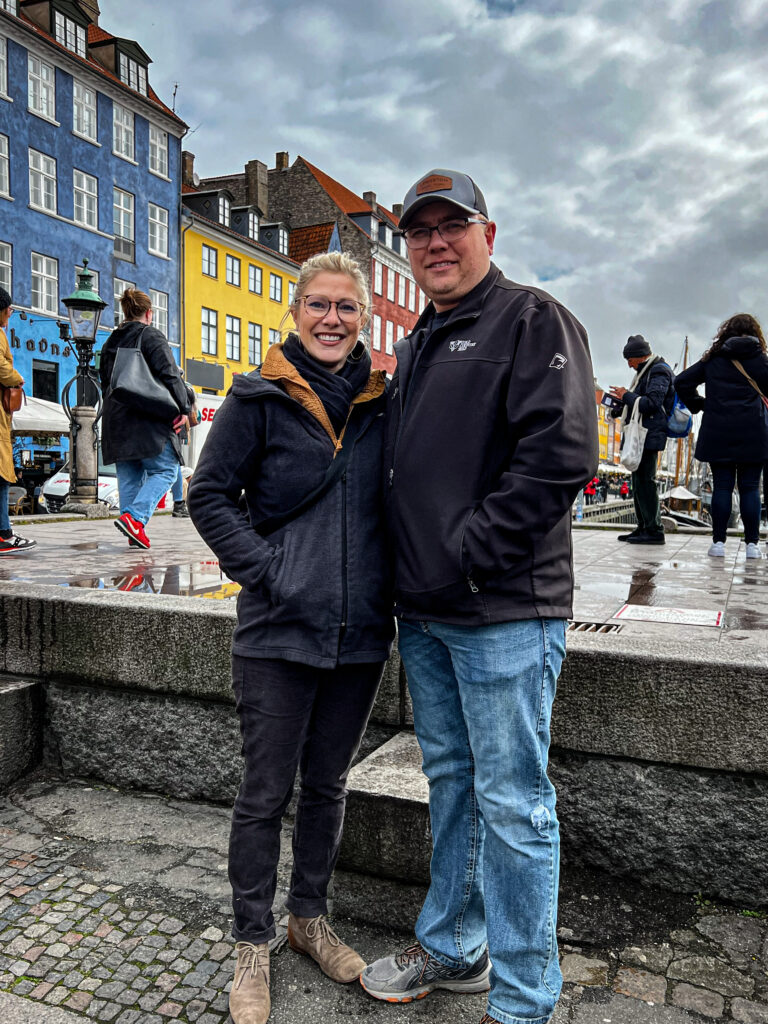
This time our travels took us on a Denmark Agricultural Tour to Copenhagen, Denmark to research dairy farms, biogas plant operations and Danish-made sand separators. We also took in a Nyhavn canal tour, ate so much amazing cuisine, met some pretty fantastic people, connected with farmers and brought home more ideas than we can put into just one blog post.
Our trip was rigorous but filled with so much new knowledge and understanding of how another country operates. We got to experience the differences when it comes to the environment, agriculture and how everything and everyone works together to obtain the best soil, water, and waste scenario possible.
As farmers, we are constantly trying to improve the way we do things: our farm’s efficiencies and our production levels here on our farm. As owners we spend a large amount of our time to make sure we are keeping up with the cutting edge technologies and methods that are available to us. And we strive to understanding the world of agriculture around us.
Danish Farm Tour
The farms we visited made us feel just like home. The roads were muddy and less than presentable (which is exactly how we feel when people come to visit our farm in the spring) and it only took seconds to connect with our fellow farm-kin, even though there was a bit of a language barrier.
Once we started converting hectors, acres, liters and pounds I knew we’d be best friends right off the bat. We compared climates, elevation, soil types, equipment, bedding, feed, storage, manure, milk prices, labels and so much more. There is so much we can learn from each other and I’m sure we’ll be staying in touch.
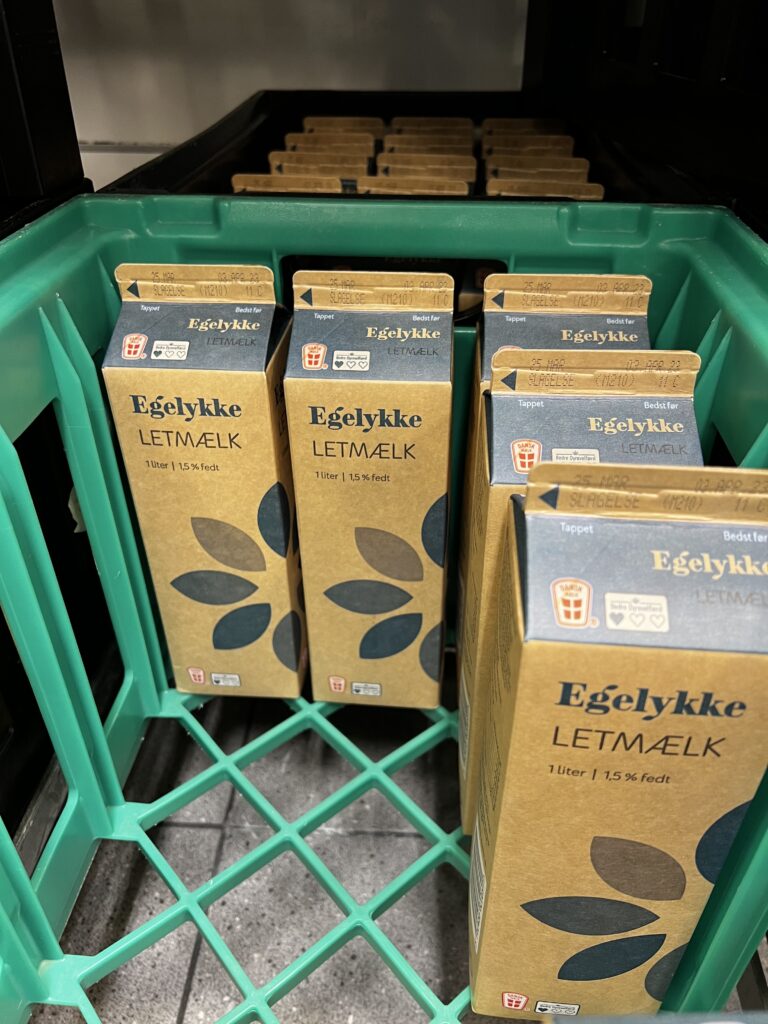
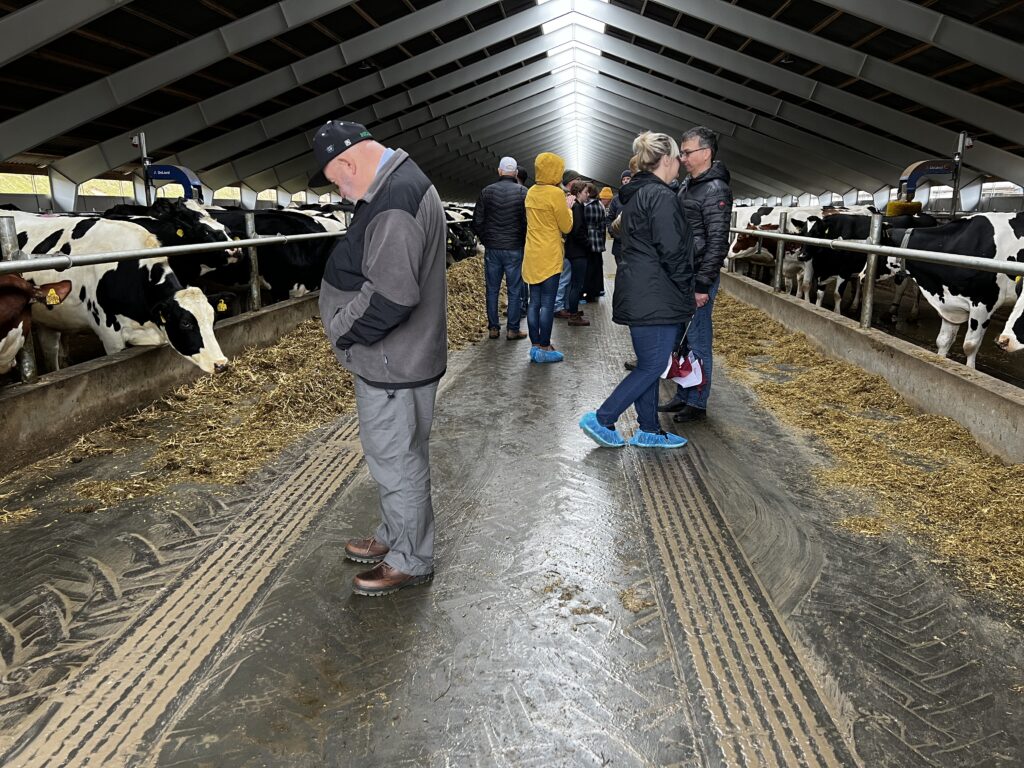
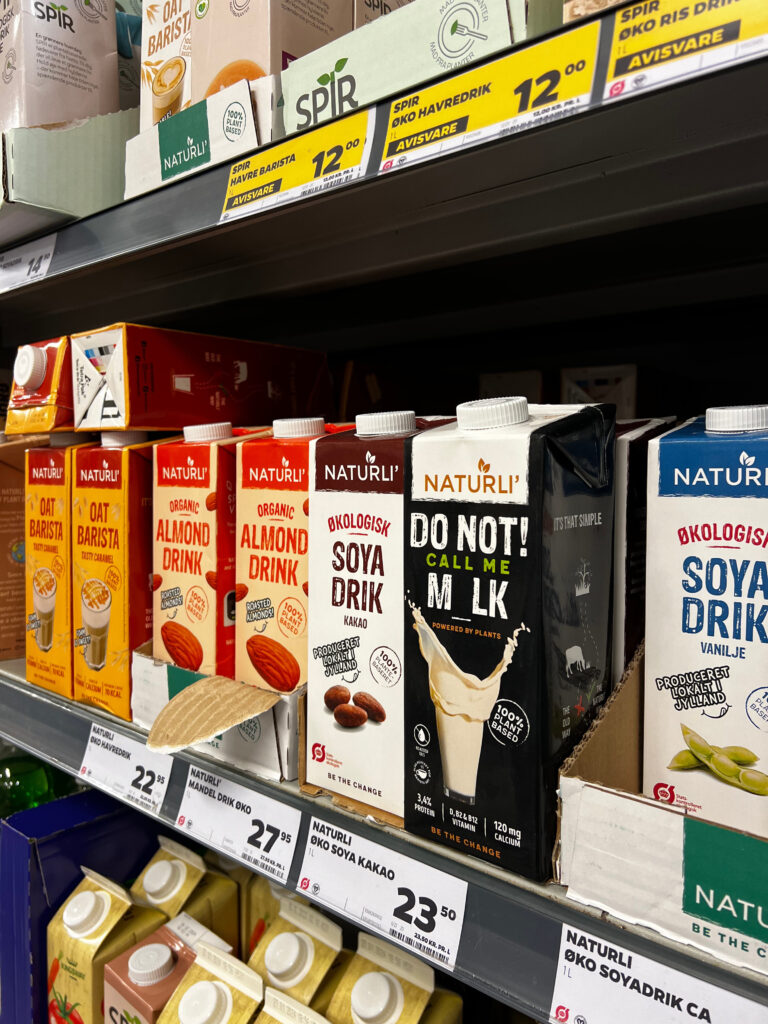

Even better, we got to meet a few daughters of the farmers who were involved and soon heading to agricultural schools. It was fun to get to meet the next generation of Danish farm kids!
I dashed off to run into a few local grocery stores to check out the Danish food labeling systems. A few things I found to be positive and helpful was there was no plastic jugs of milk, only cardboard cartons. A quart of milk costed around $1.82 at the time when we were there. This might be for a few reasons. Many Danes ride bikes to and from places of school, work and to get groceries. A smaller carton of milk is easier to haul along with the other groceries on a bike. Also I rarely saw plastic used with food storage, which meant less having to sort and recycle this type of product.
As I stood at the almond, soy, oat beverage aisle, I did a slow clap as I looked at the labels. Denmark got it right with their labeling system. Call a goat a goat and not a rough looking sheep. Their appropriately labeled Oat, Almond and Soy DRINK and “Do Not Call Me Milk” labels were so refreshing to see! I also got a kick out of the packets of powdered coffee creamer label that we had at our hotel breakfast buffet- it said- ‘coffee whitener’ as in, not to be confused with milk.
Touring the Stjernholm Sand Separator
Stjernholm is another Danish created company that specializes in sand separators. A sand separator would be an investment for our farm and tends to make better financial sense with a few more cows than we have. This unit would help cut down on the amount of sand that we would have to purchase every month to bed our free stall barns with.
We have not only learned how to manage our sand bedding, but it has been one of the reasons for our low somatic cell count in our milk. Making our milk and our dairy acquire the high quality milk awards that have worked for over the years. Our happy cows love sitting on their beach sand throughout the day and we all know happy cows, produce more milk.
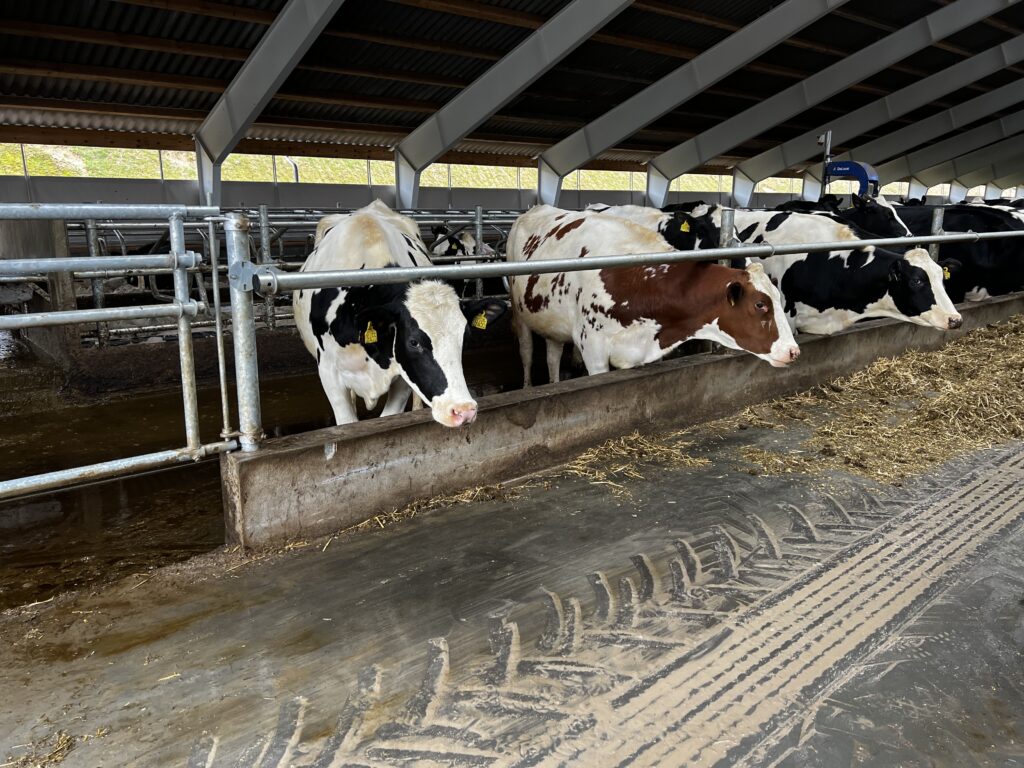
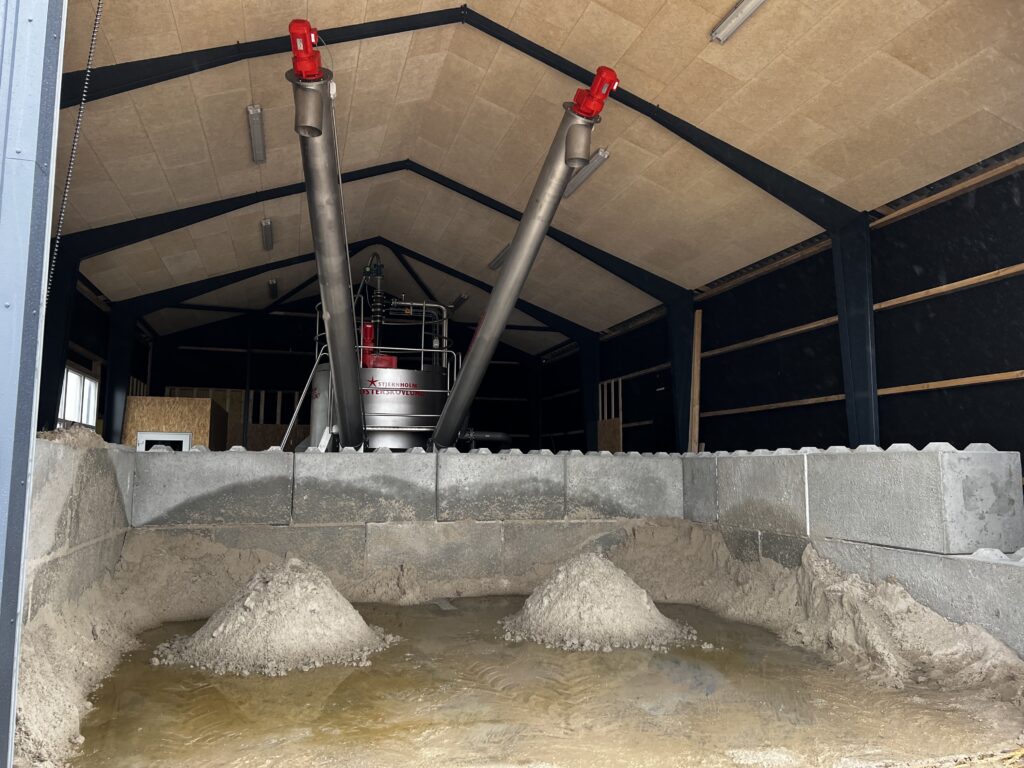
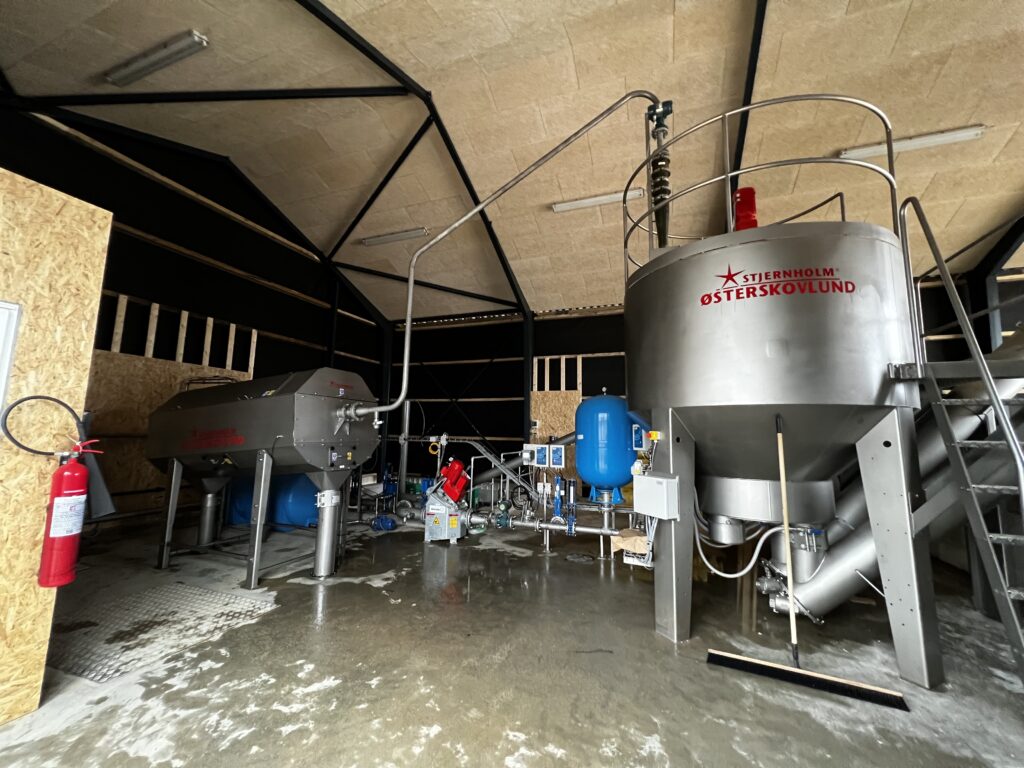

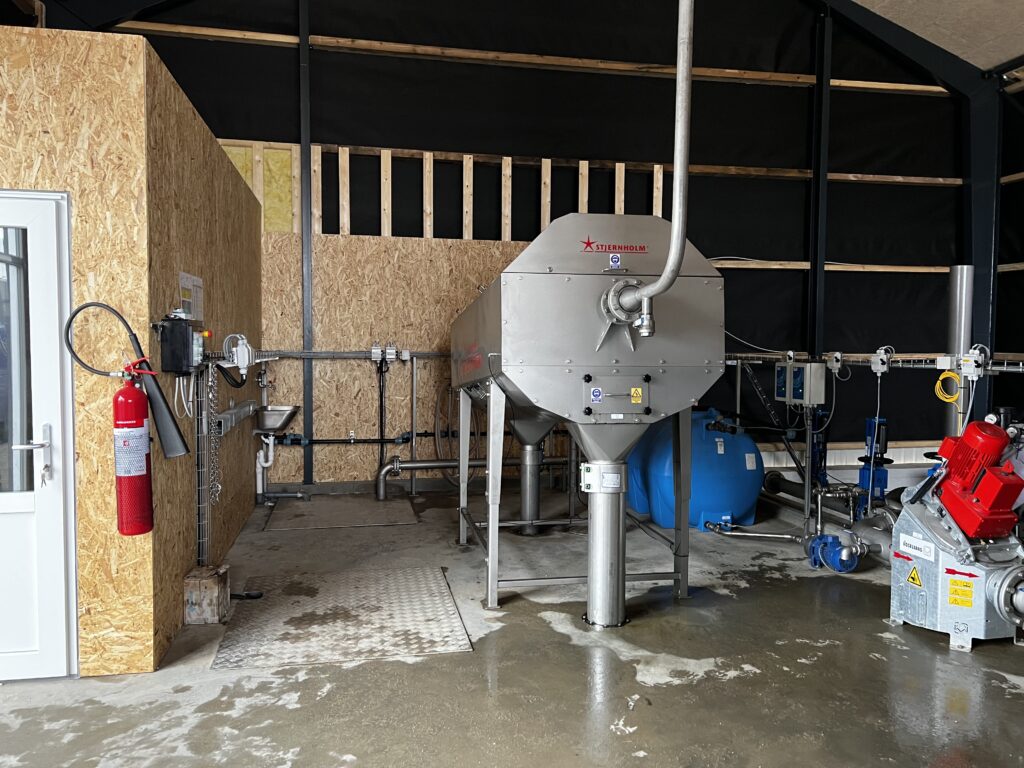
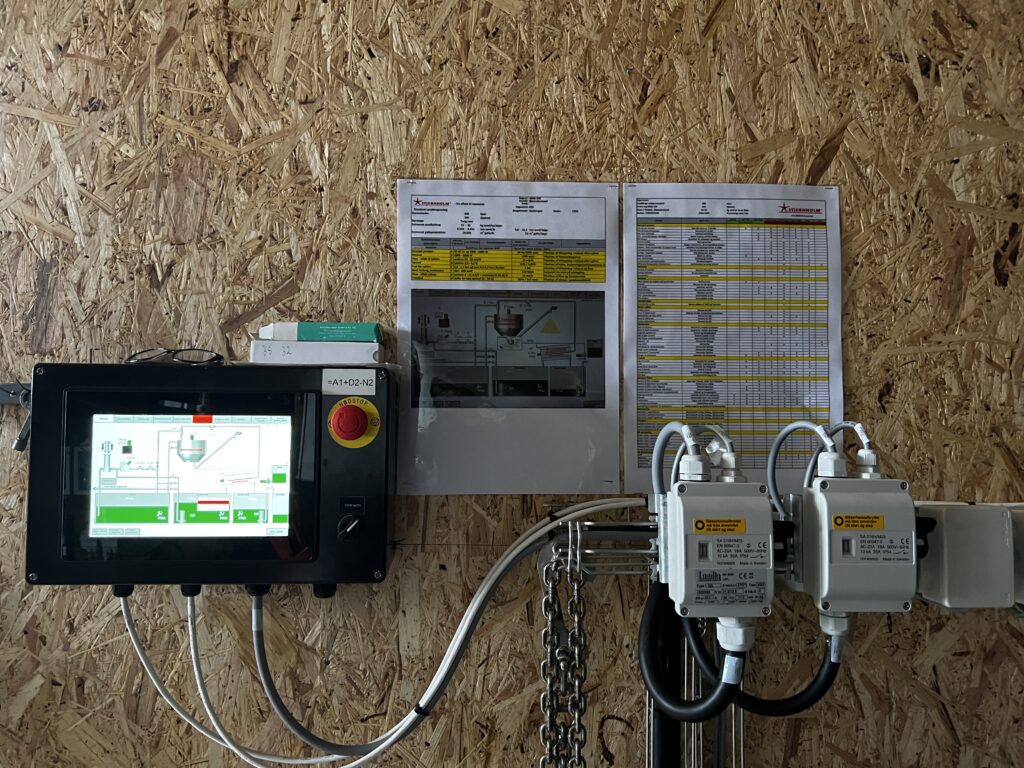
With the purchase of a sand separator, our farm would then recycle our sand to use over and over again as clean bedding. We wanted to learn as much as possible about this unit to see if it would make a sensible choice for our operation.
Danish Waste | Environment
For over 15 years now, Denmark has been a leader when it comes to waste management and environmental efficiencies. I stood at this waste bin for like 5 minutes, trying to decide what I had in my hand and which hole I should throw it into. They divide, food waste/ compost, plastic bottles, cardboard, paper, plastic, aluminum all separate.
An average Danish family takes out 5-7 different waste bins for pick up in a week. I appreciated how the country had the consumer deal with the separating of the materials they had purchased, instead of leaving it up to a facility. This seems way more efficient.
Much of what we ate from was either washable and reusable or if meant to be disposed of, made of paper/ wood.
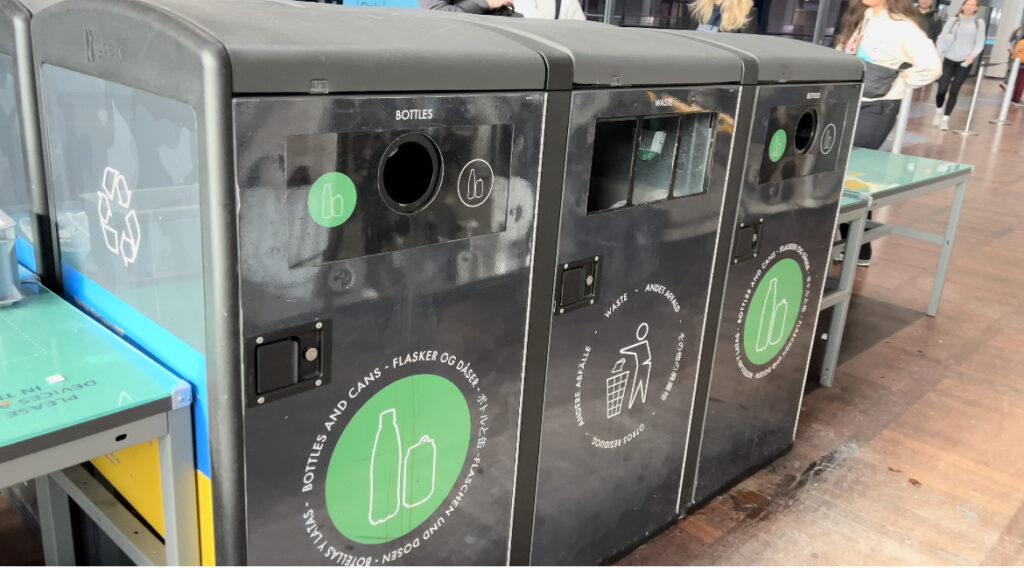
Danish Food + Restaurants
For me, this part of our visit to Copenhagen, Denmark was one of best! I drooled over the French-made copper pots. If I had one more extra suite case I would have filled up on even more to add to my vintage collection of French copper. You can bet I’ll be back with my empty suit case ready for some euro-style thrift stores!
With all of the pickled herring, bacon, smoked salmon, ceviche, sangria and veggies, I felt like a queen! The cuisine is an interesting combination of fresh fish, pasta and lots and lots of fresh greens. We were told up until about 12-15 years ago, Danish cuisine/ recipes were borrowed from either France or Germany. Then a young chef stepped up, named Thomas Herman and elevated the standard menu entirely to create a Danish cuisine that is like no-other!
Oh and if you’re ever in Denmark and looking for something similar to a Sprite, you’ll look like a local if you ask for a Faxe Kondi. It’s delish!
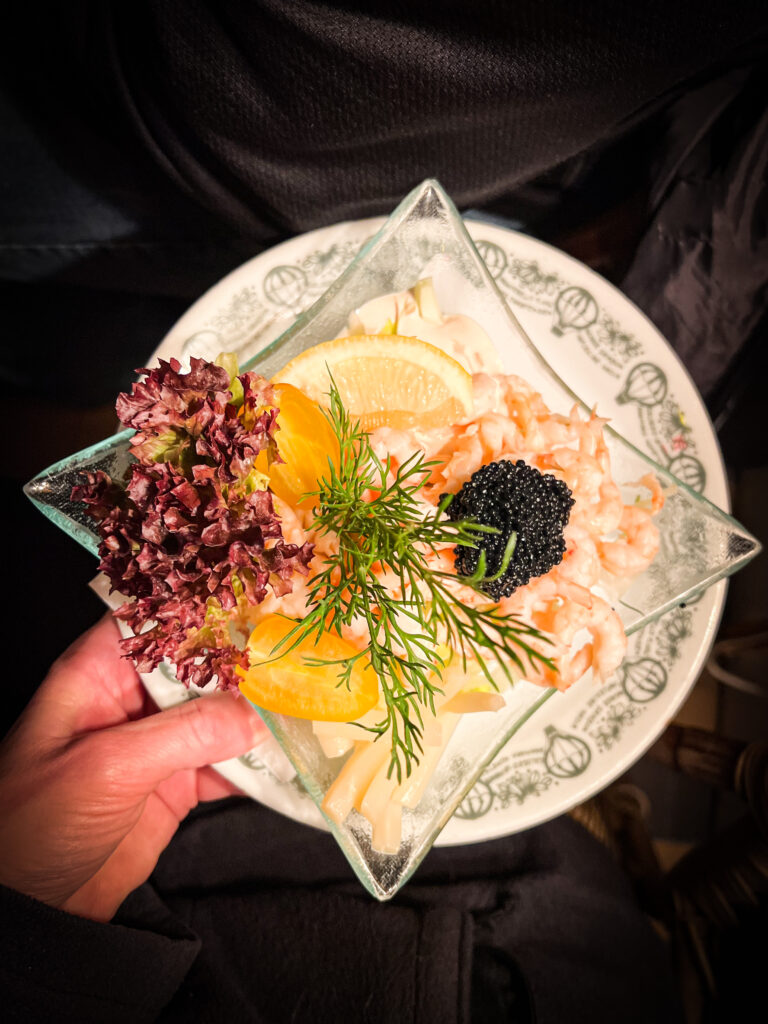
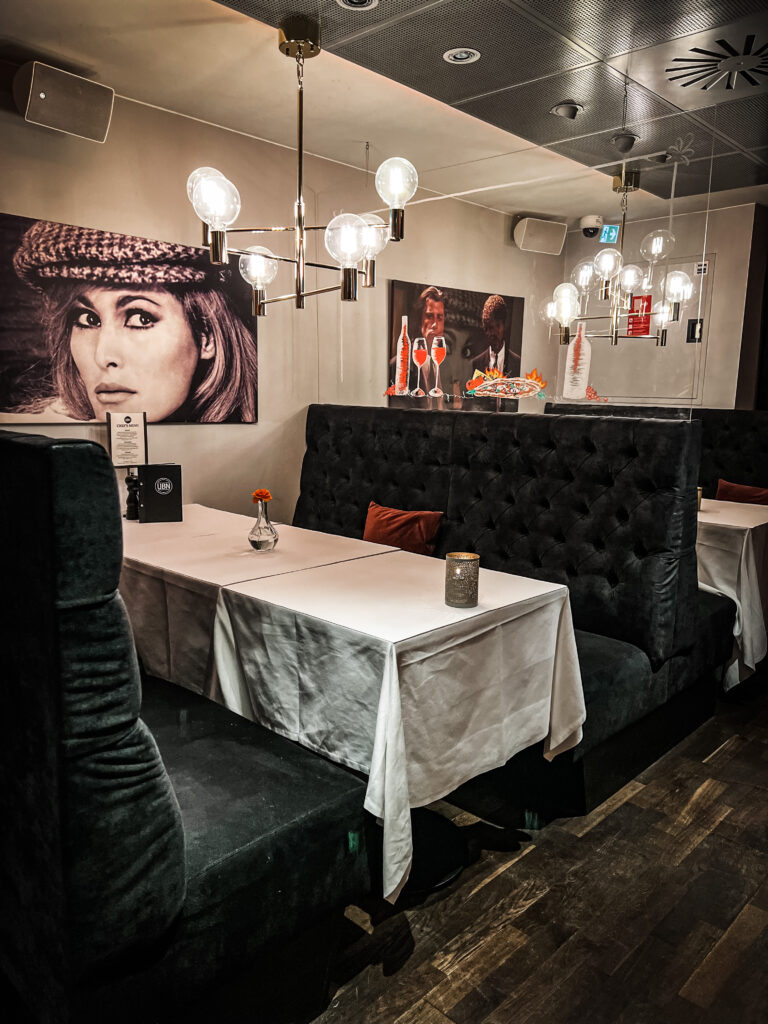
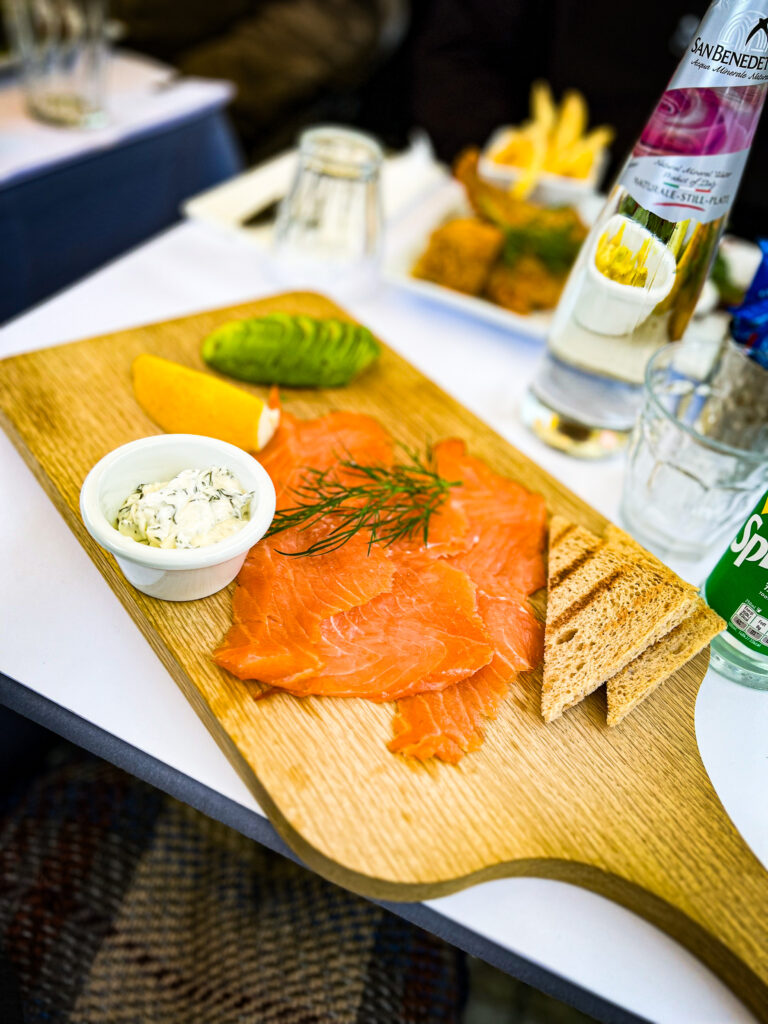

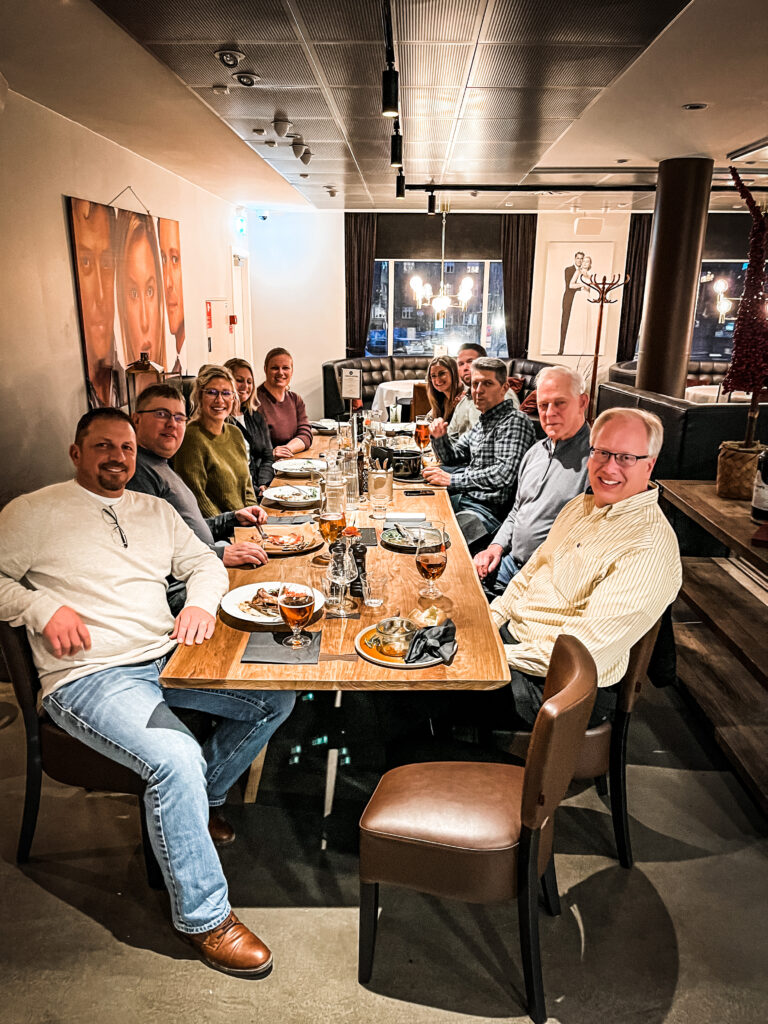
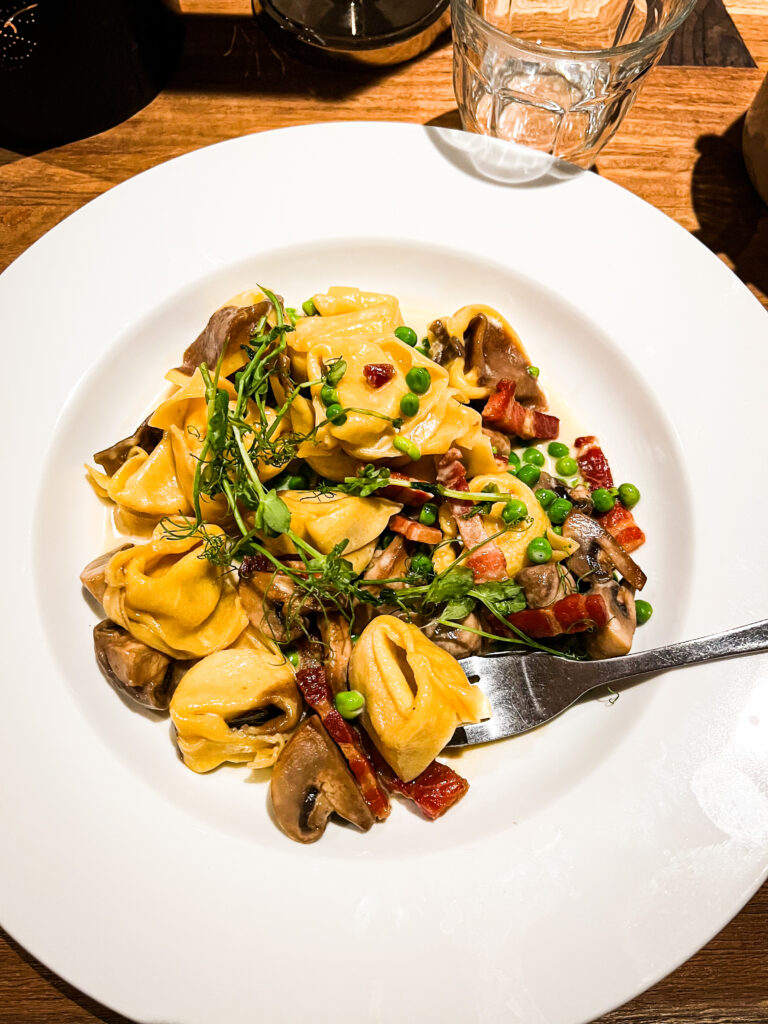
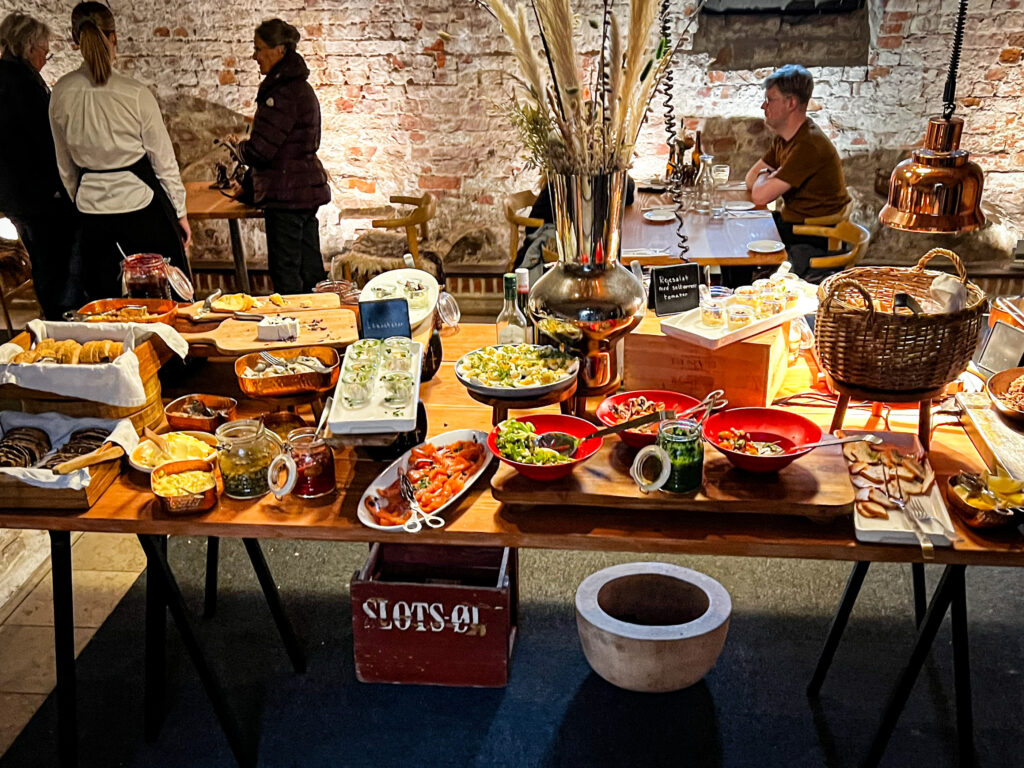
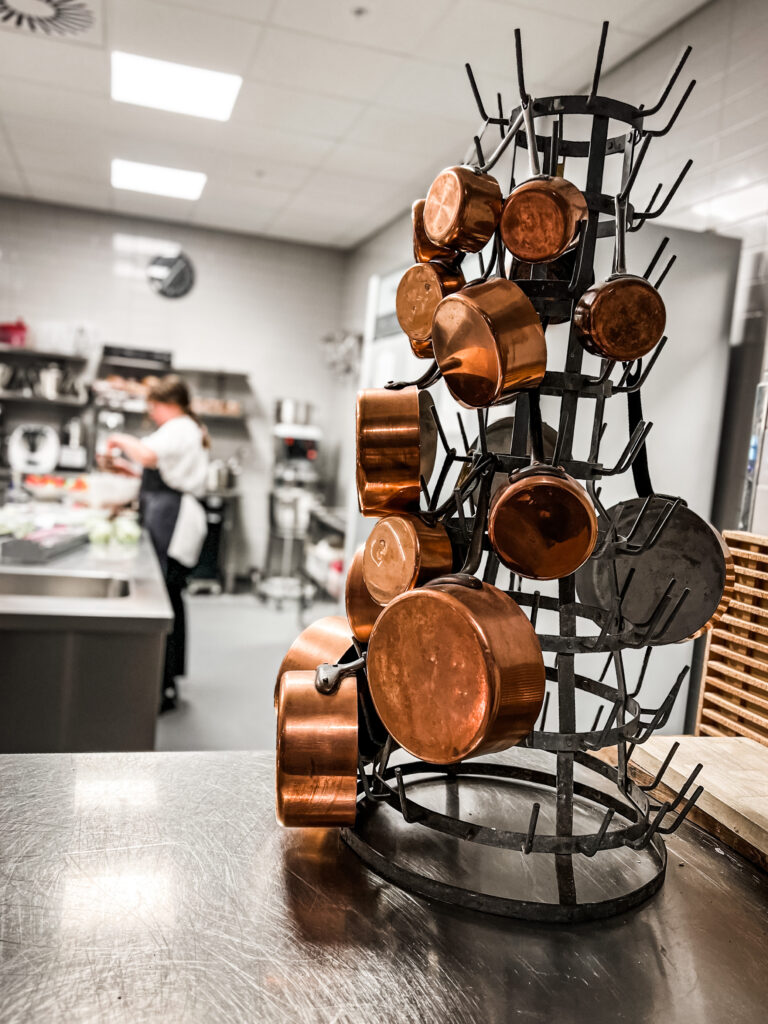
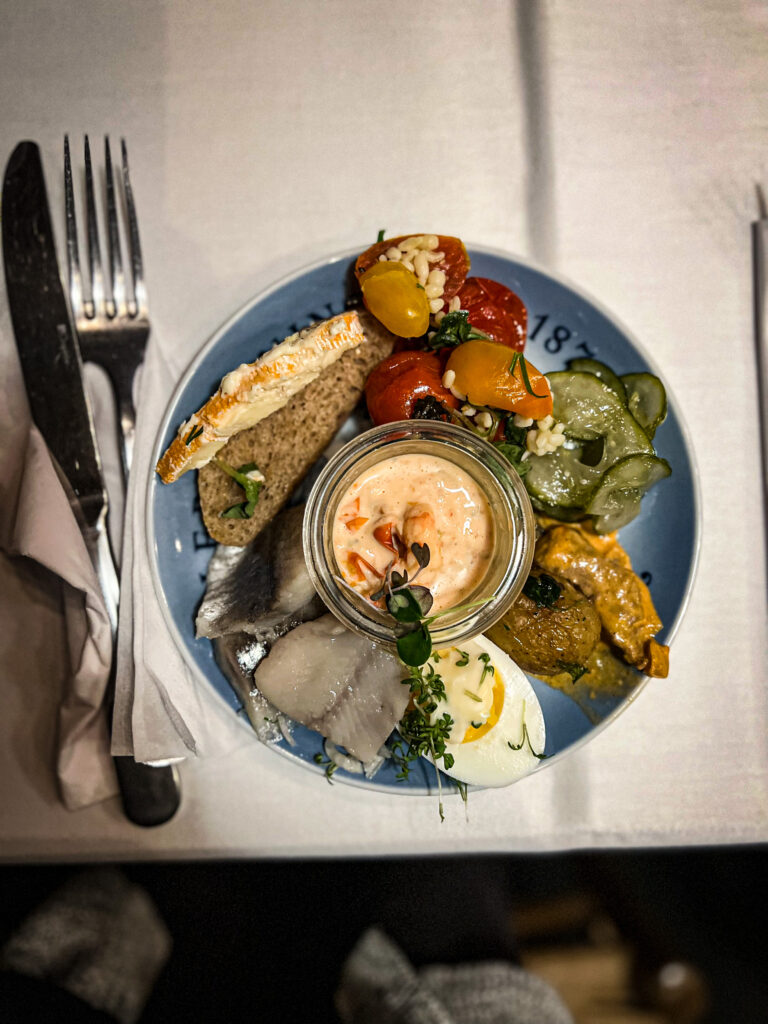
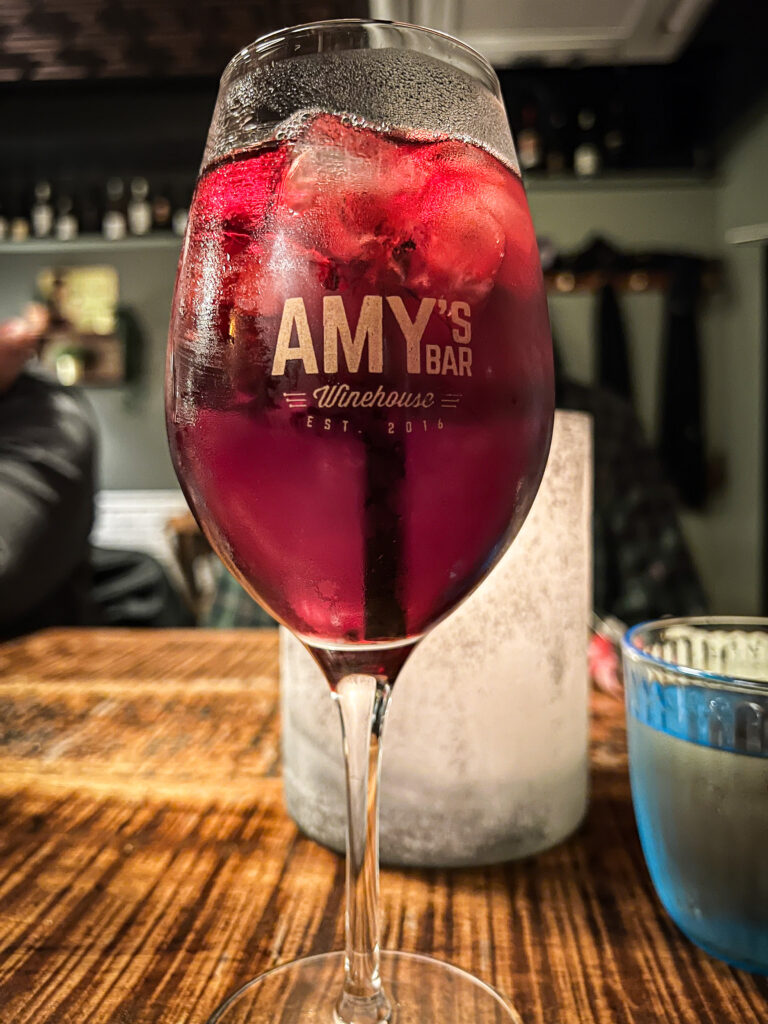

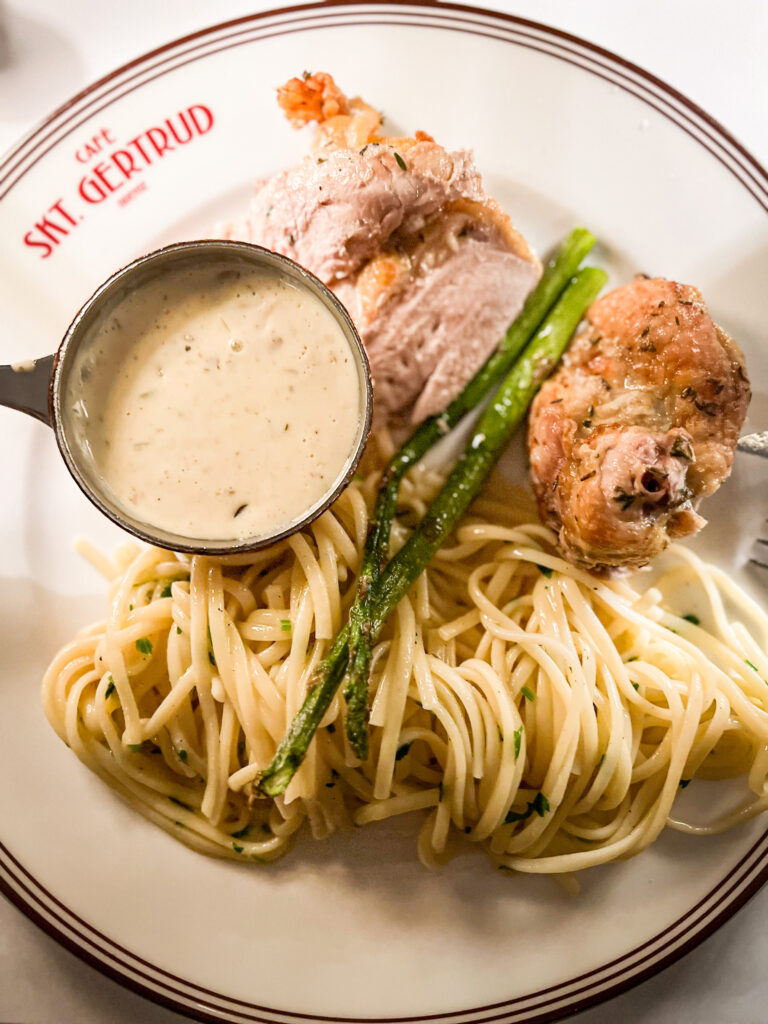


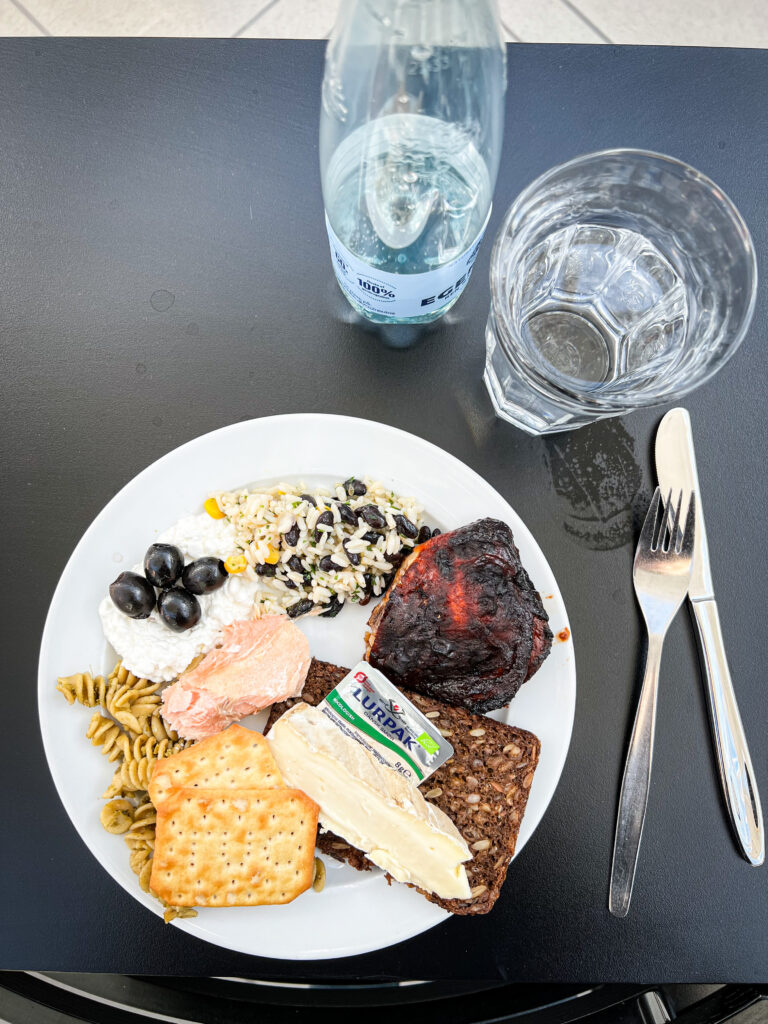
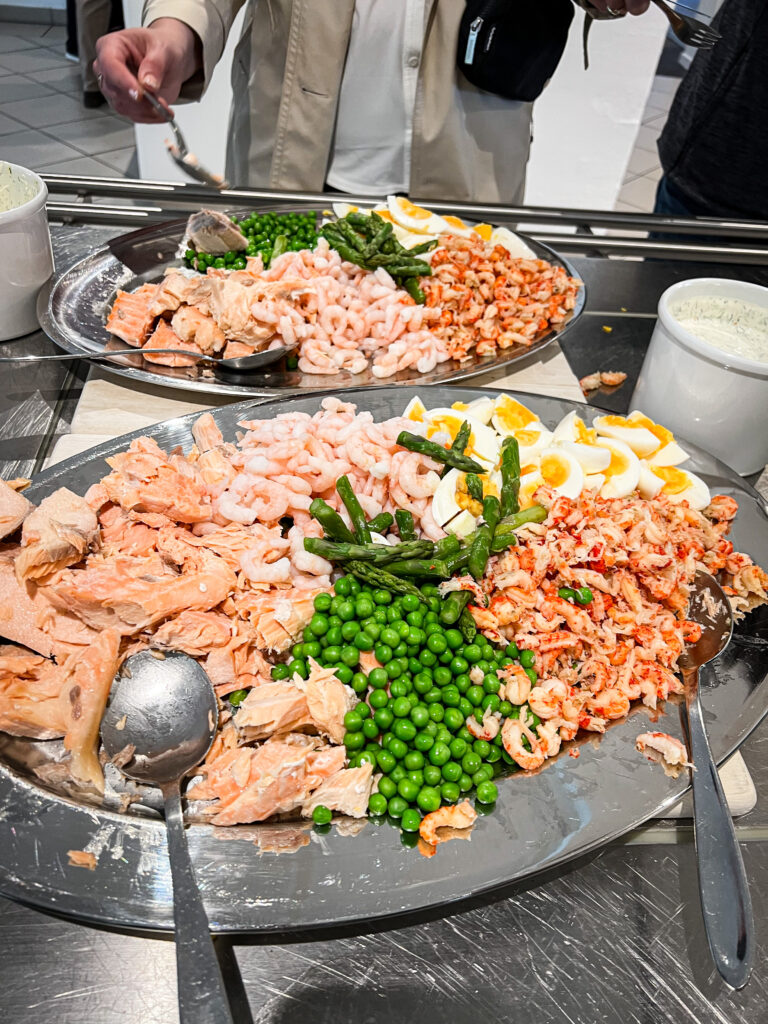
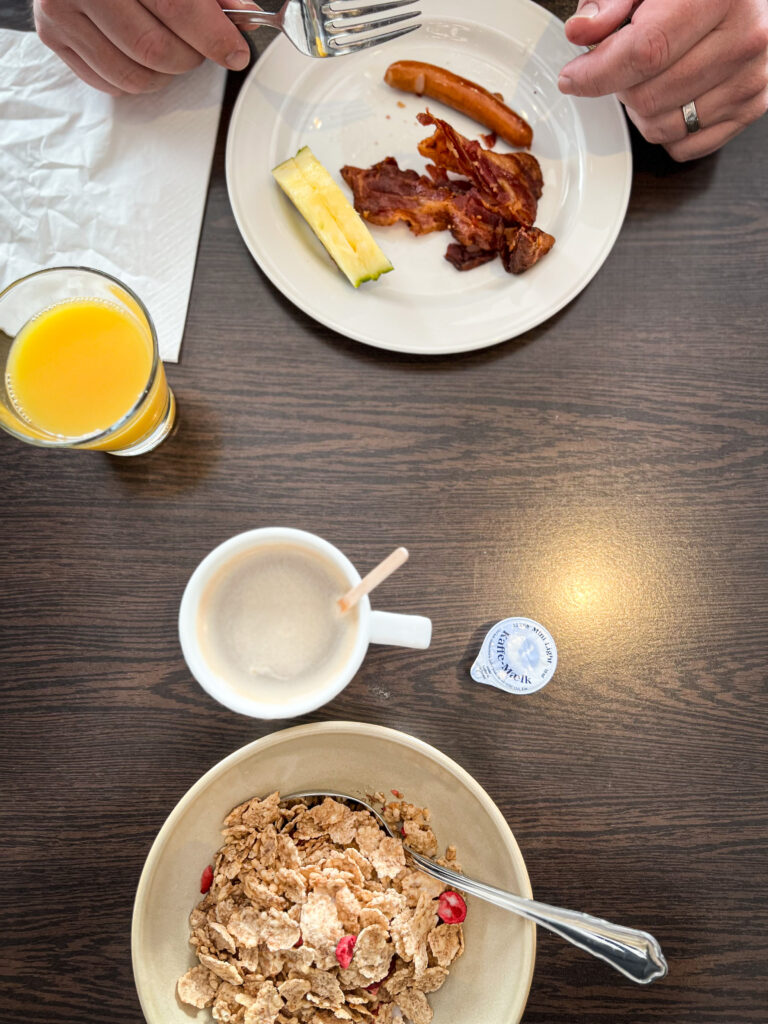
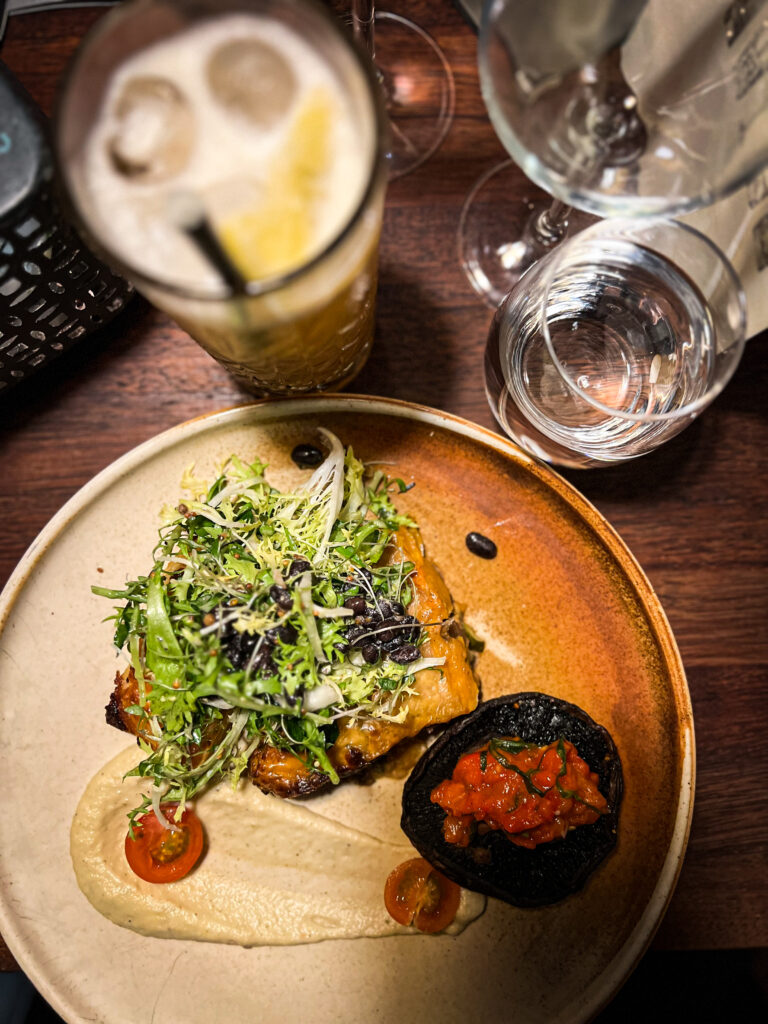
Bio Gas Plant
We first were introduced to the idea of bio gas, a few years ago. Bio gas is gas made up of naturally made biology from the surrounding community. This includes food scraps/ waste/ compost, chicken/ turkey litter, hog and dairy cow manure both liquid and solid. The idea is to take this waste, heat it up, send it through a digester to make an environmentally green natural gas.
Once the gas is created, there are liquid units left behind that are called the digestate. This digestate is able to be perfectly balanced for specific soil needs and can be returned to the farmer to be used as natural fertilizer on our fields. This process would also help farmers eliminate the need for year-round hauling of manure.
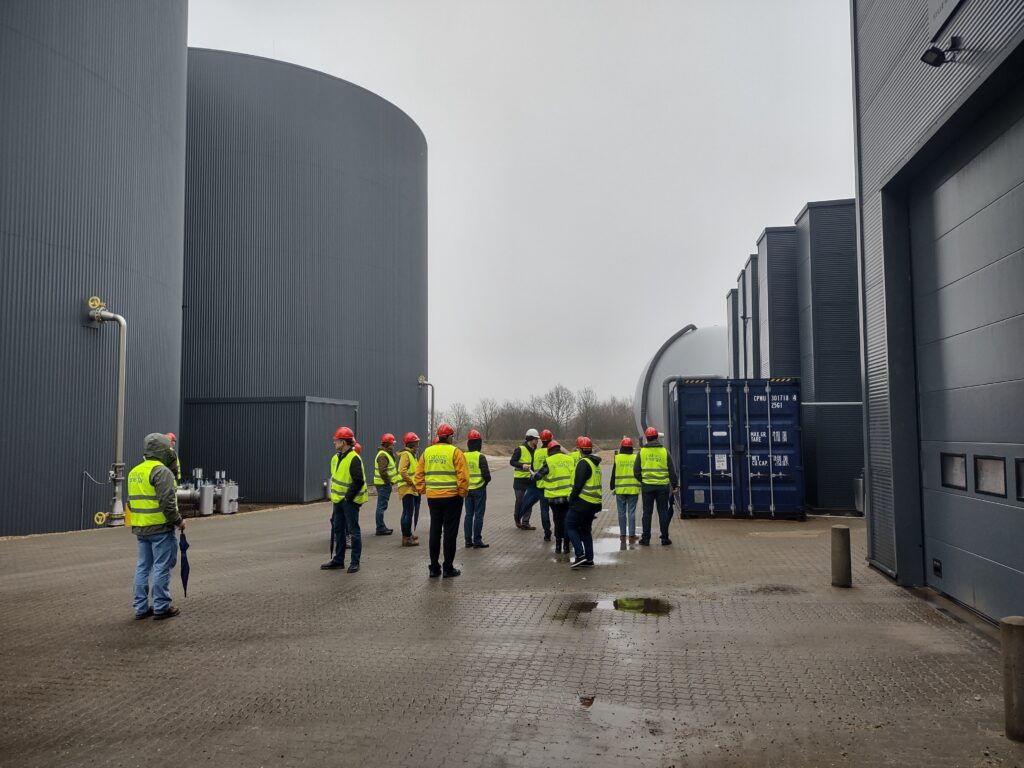
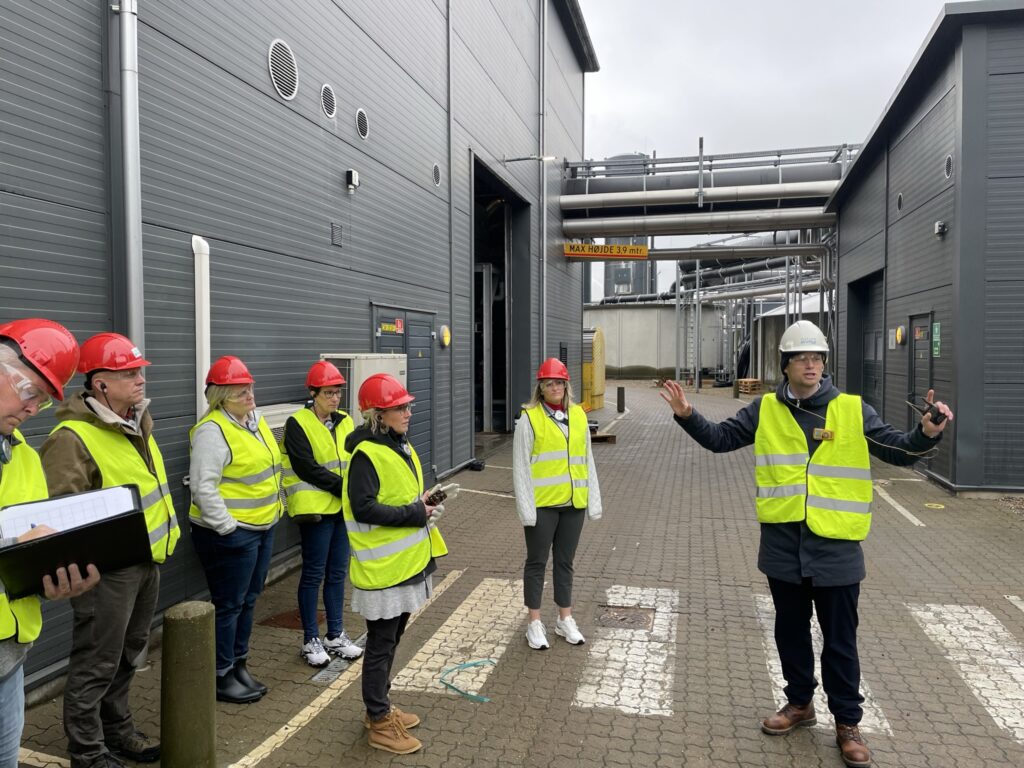
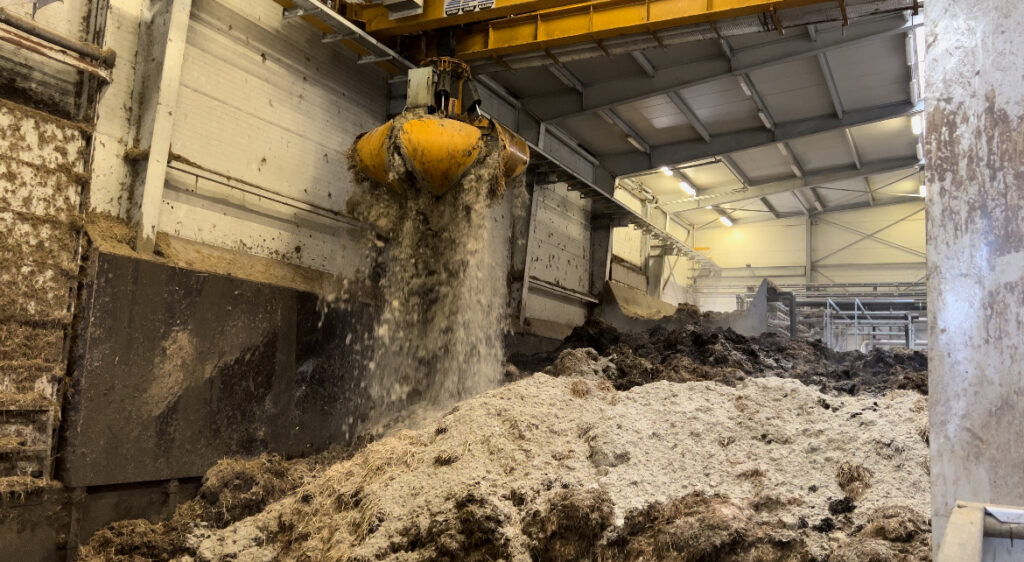
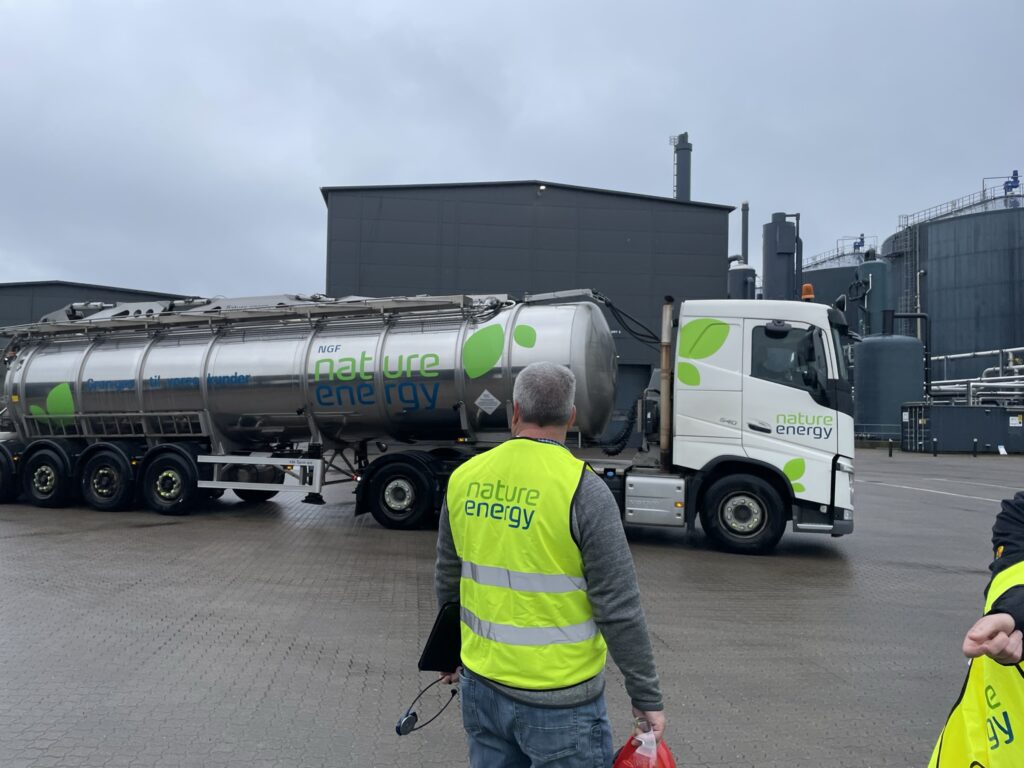
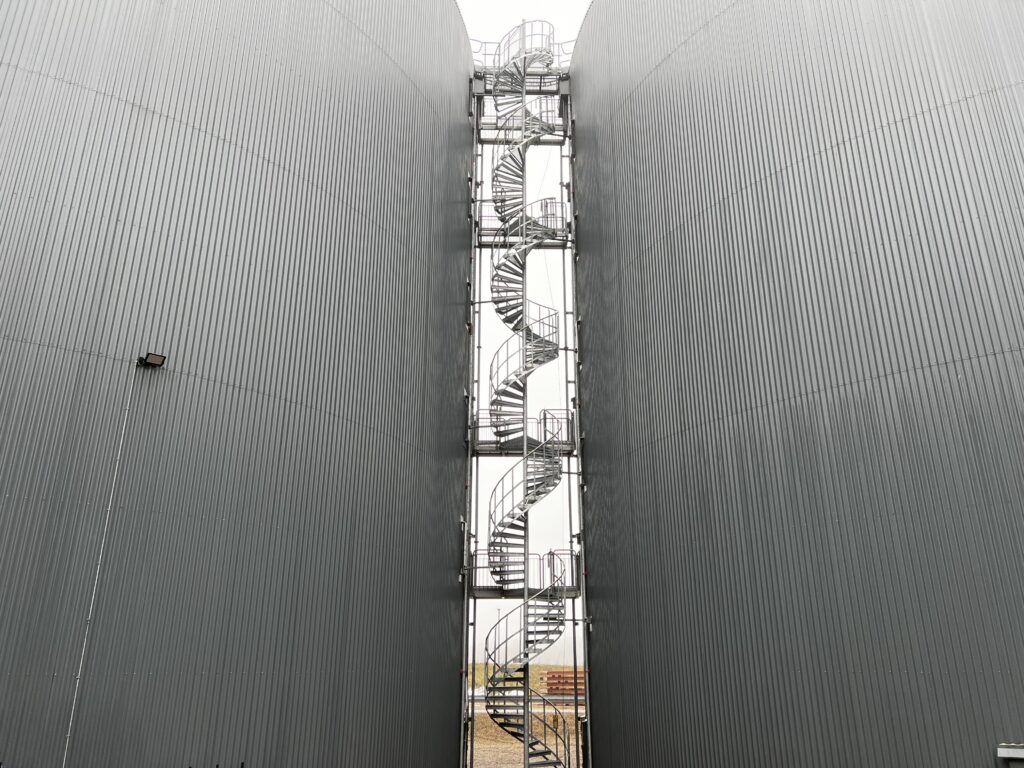
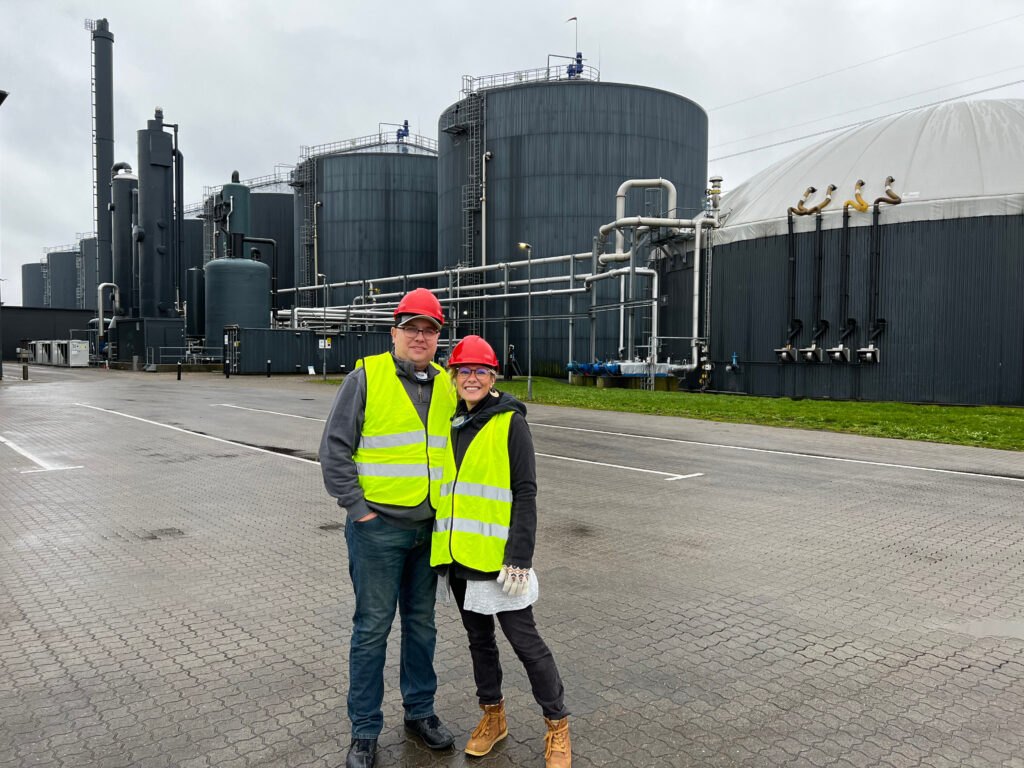

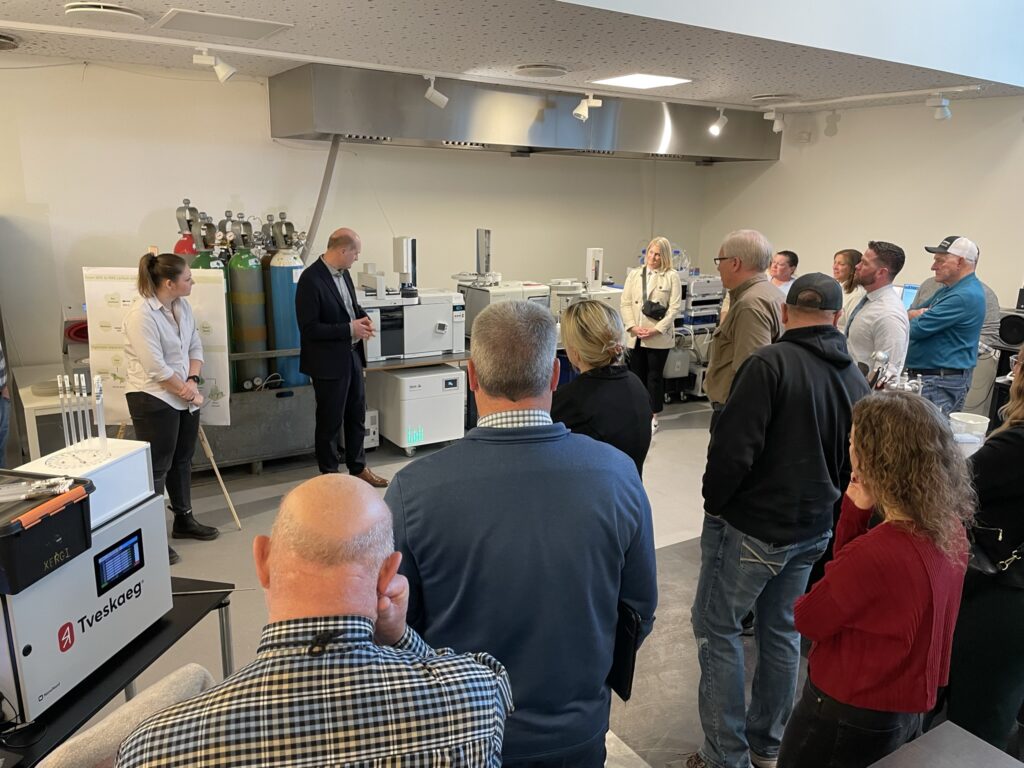
We were able to tour 3 different bio gas plants on our trip to Denmark. We got to pass through the little towns and headed out to take a sneak peak inside these incredible operations. The facilities were all so very clean and tidy. The only time we verified a distinct smell was when we stepped inside the off loading bay of the waste solids. Many times this consisted of manure, turkey litter, potato scrapes and other food compost.
When the trucks hauling the liquid manure, milk plant waste or other liquid waste would come into the unload, the set up was very neat. An automated arm would extend off of the truck to meet up with a funnel. Once emptied the arm would move back to the truck with hardly any droplets falling. We know, as we were standing directly underneath one as it moved.
Our group also got to see inside the laboratory where they work every day to increase efficiencies with the bio gas and the returned digestate. The science and the technology working here, was incredible.
We were explained that the plants operated mostly on their own, with the exception of drivers, monitors and maintenance workers.
While we were there in an hours time, we probably saw a total of 4-6 trucks come in and out of the bio gas plant.
Copenhagen City Tour
Our last full day in Denmark was filled with cultural insight and city scapes. We toured all around Copenhagen as fast as our legs could take us. On a canal tour in Nyhavn and learned everything we could possible know about the city of Copenhagen and Danish history!
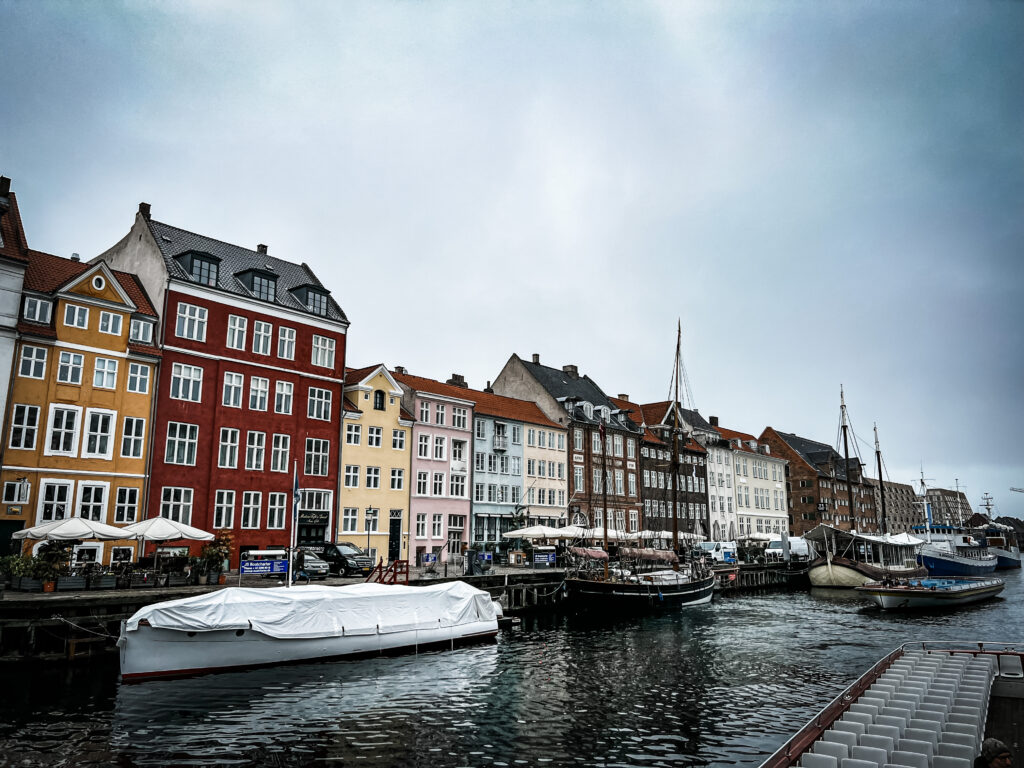

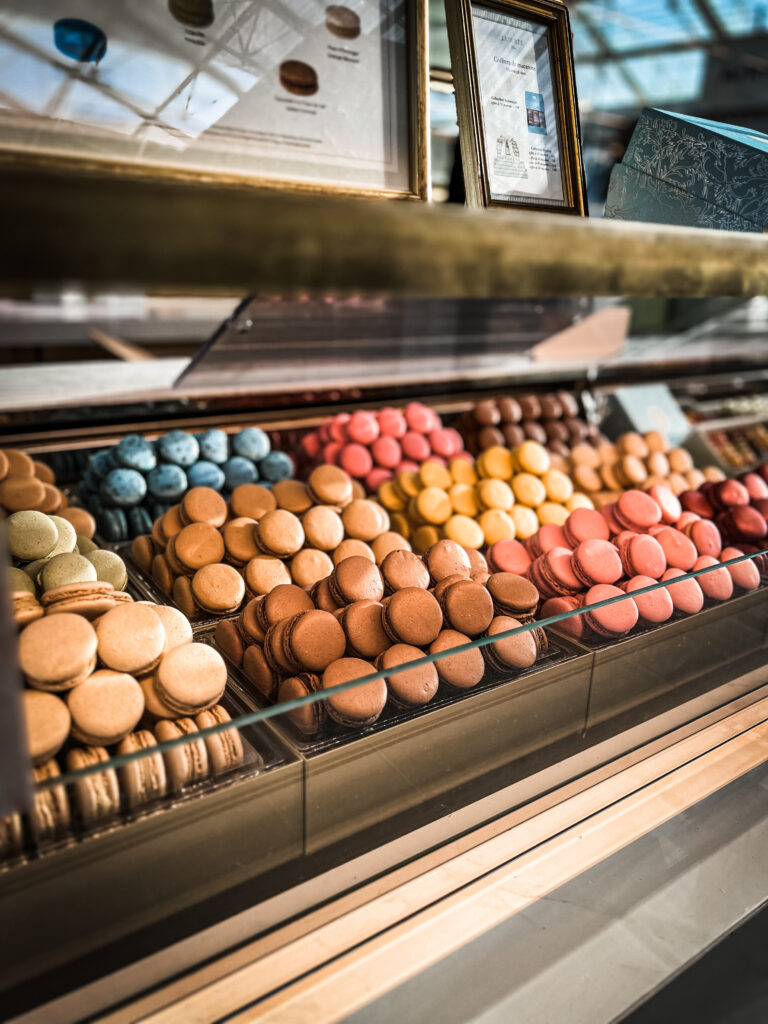
We visited the queens palace, got to see the changing of the guards, walked through “pusher street”, climbed a church tower, walked through the Marble Church, and enjoyed eating like tourists along the waters of the canal.
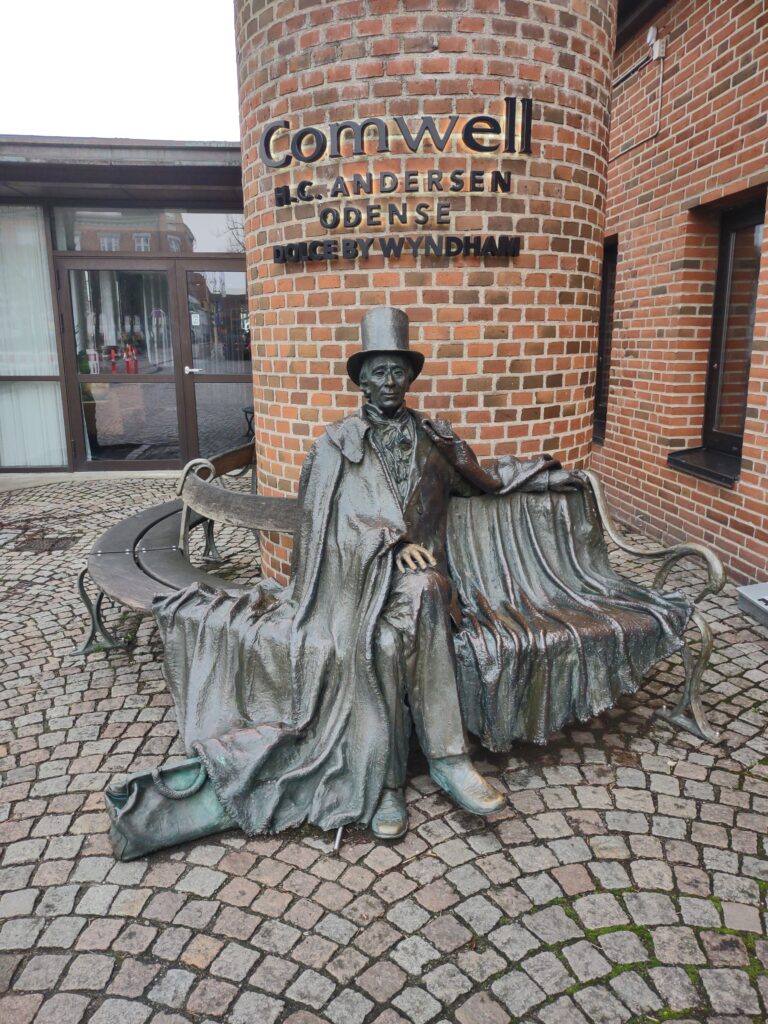

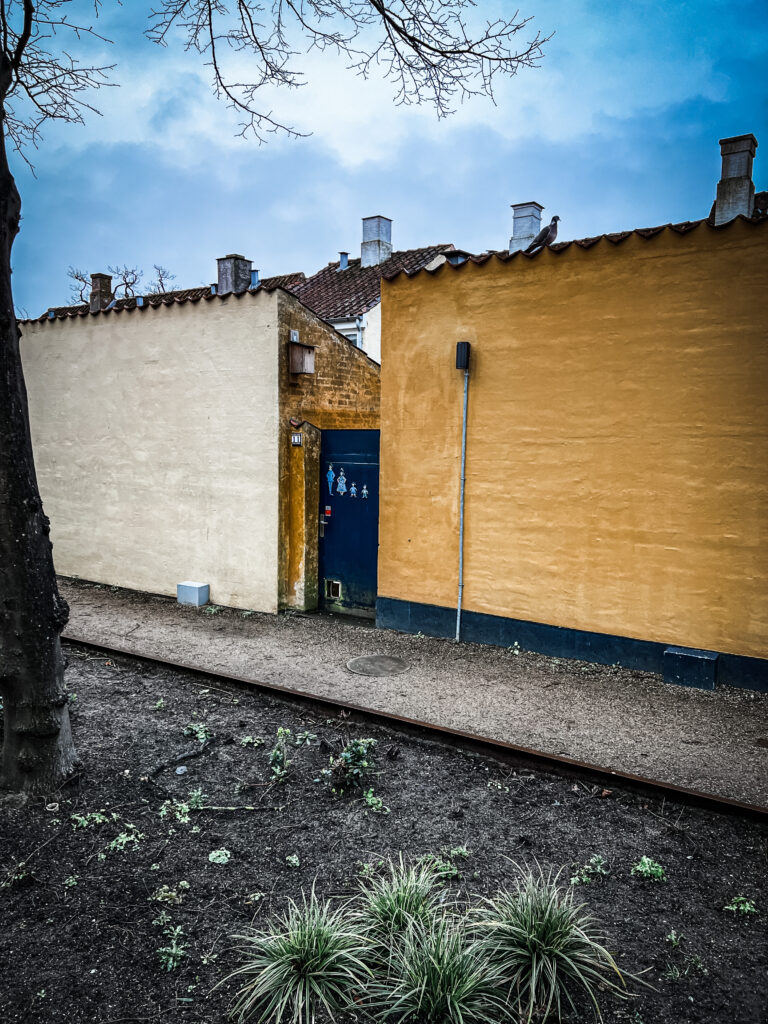
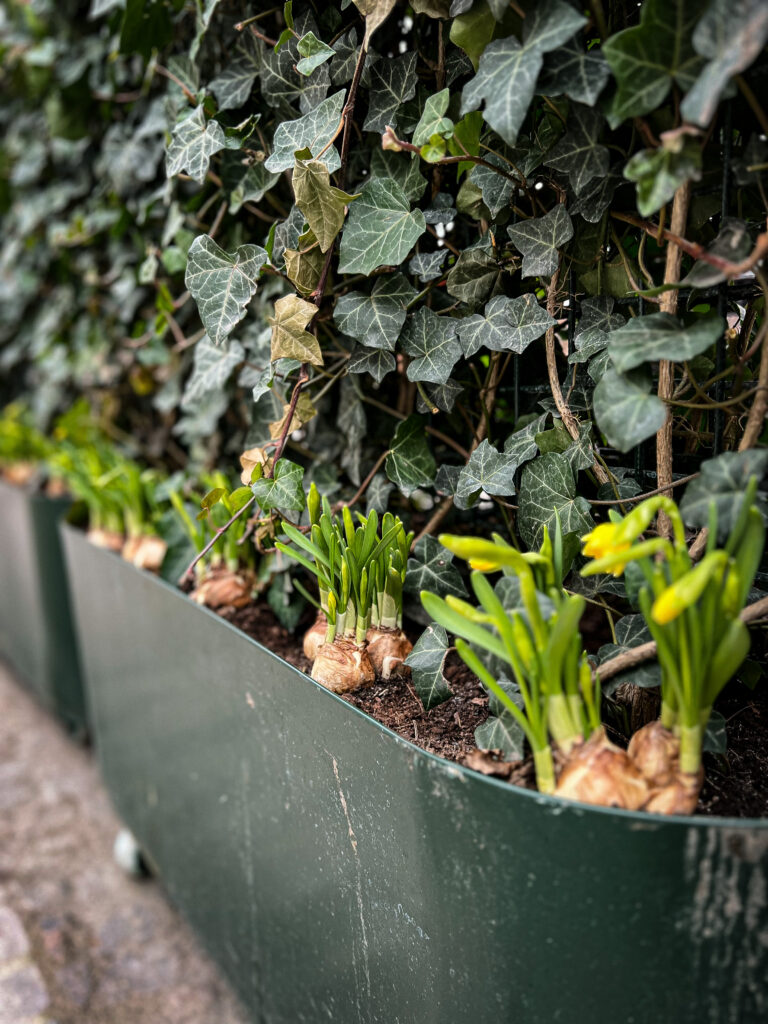
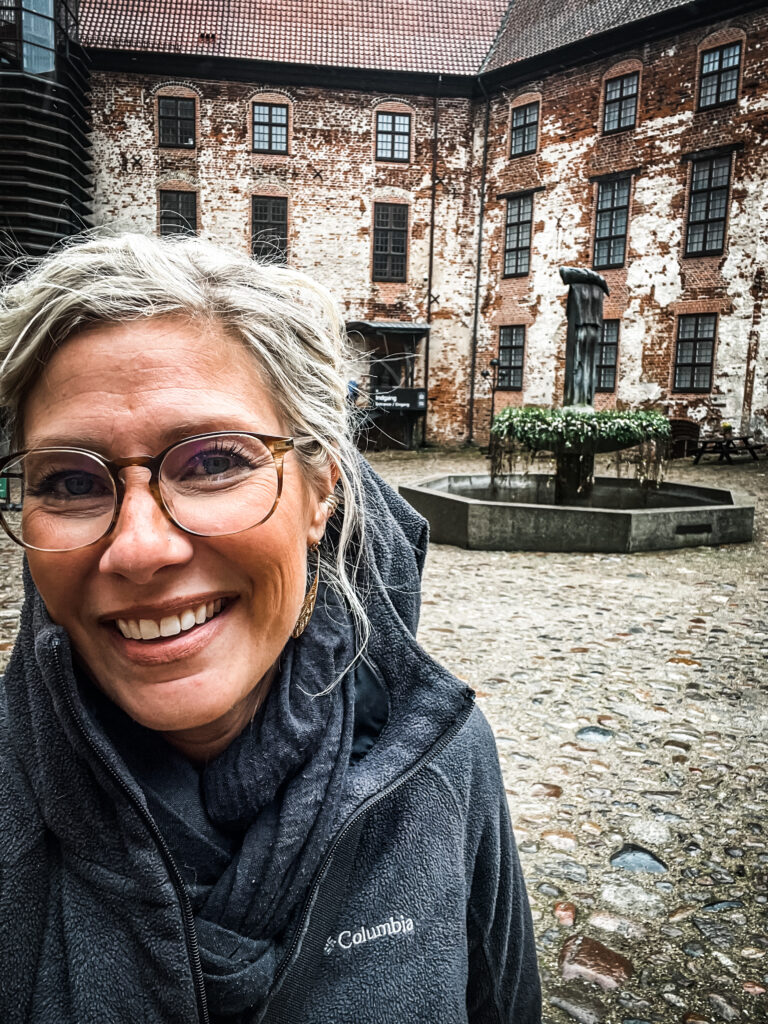

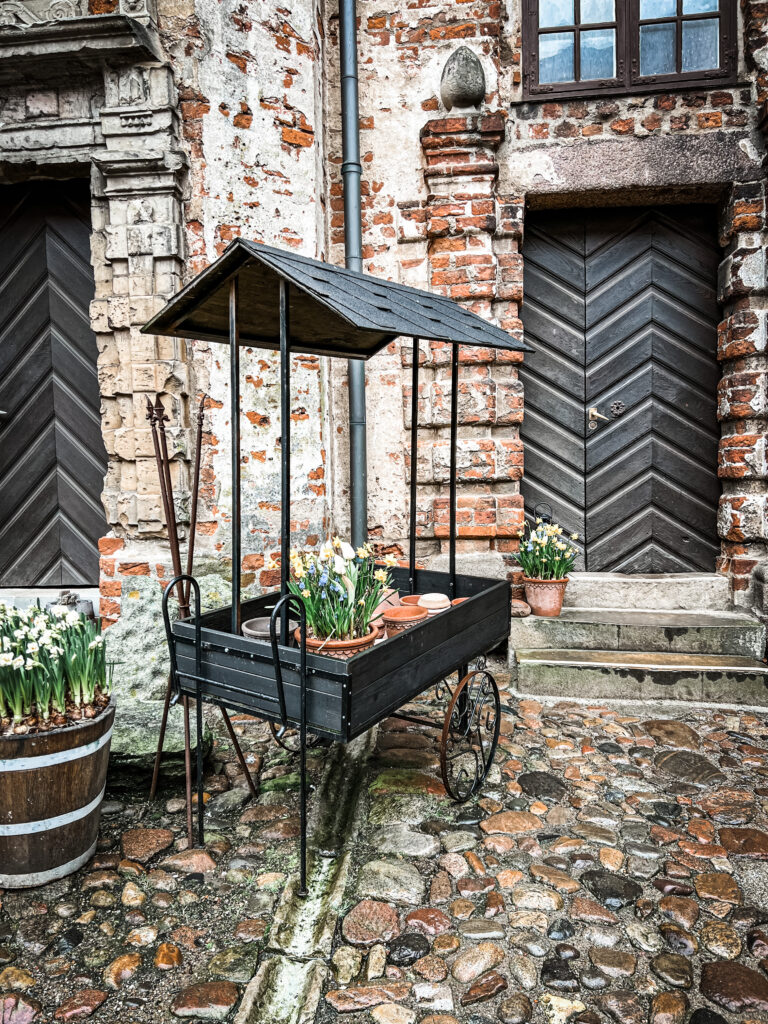
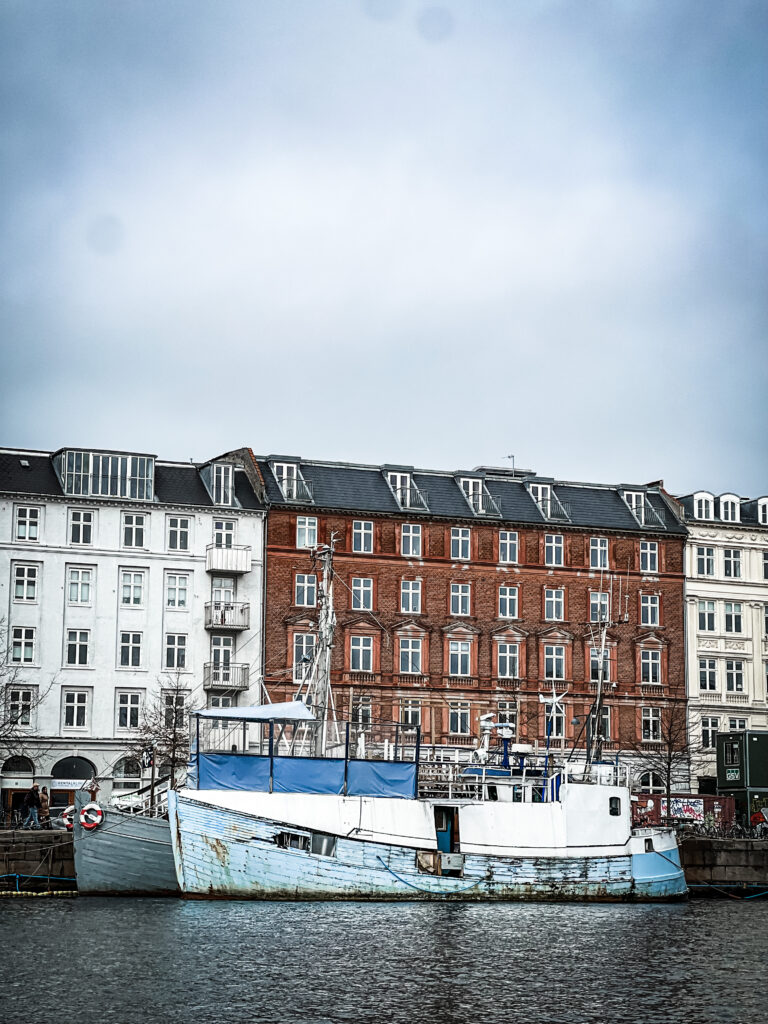
Hans Christian Anderson
Walked past the Hans Christian Anderson – everything. When given a chance to name something after someone, they always chose Hans Christian Anderson. We even got to see his childhood home and visited his Little Mermaid- she’s just a tiny little thing. (Photo below.)
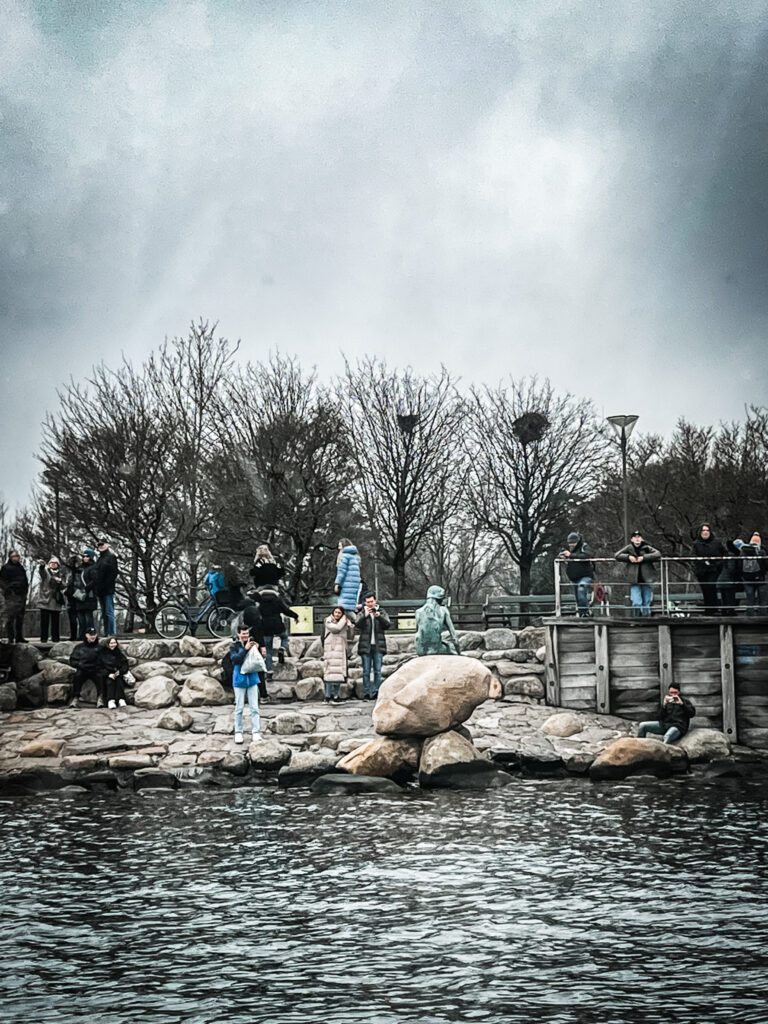

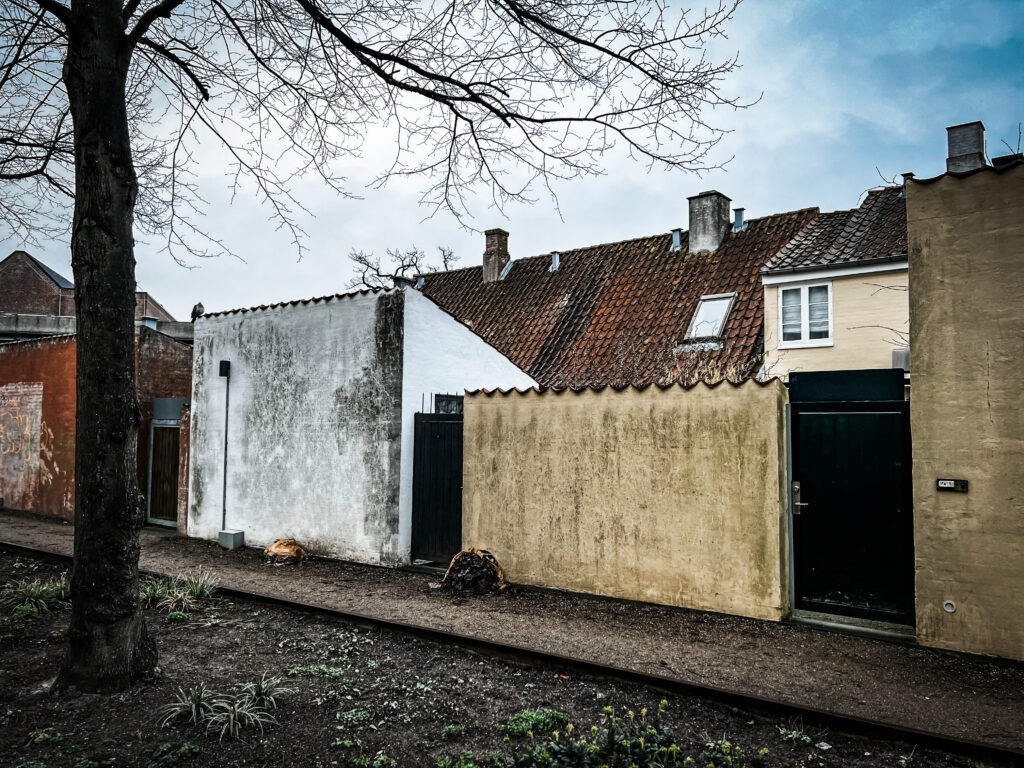
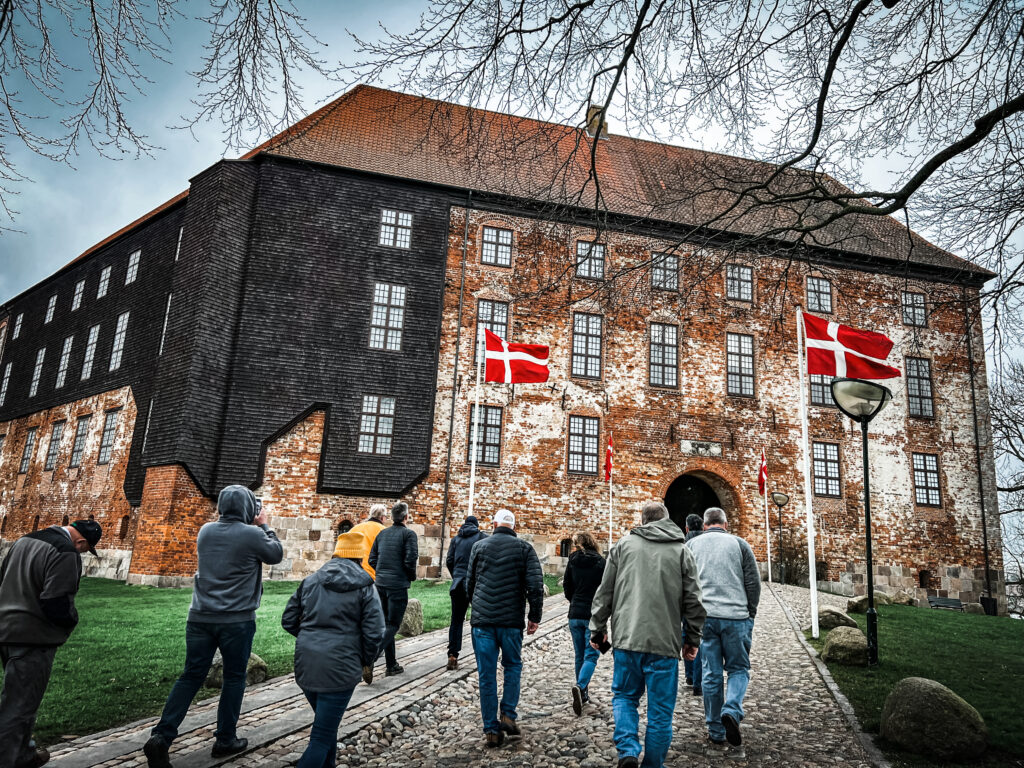

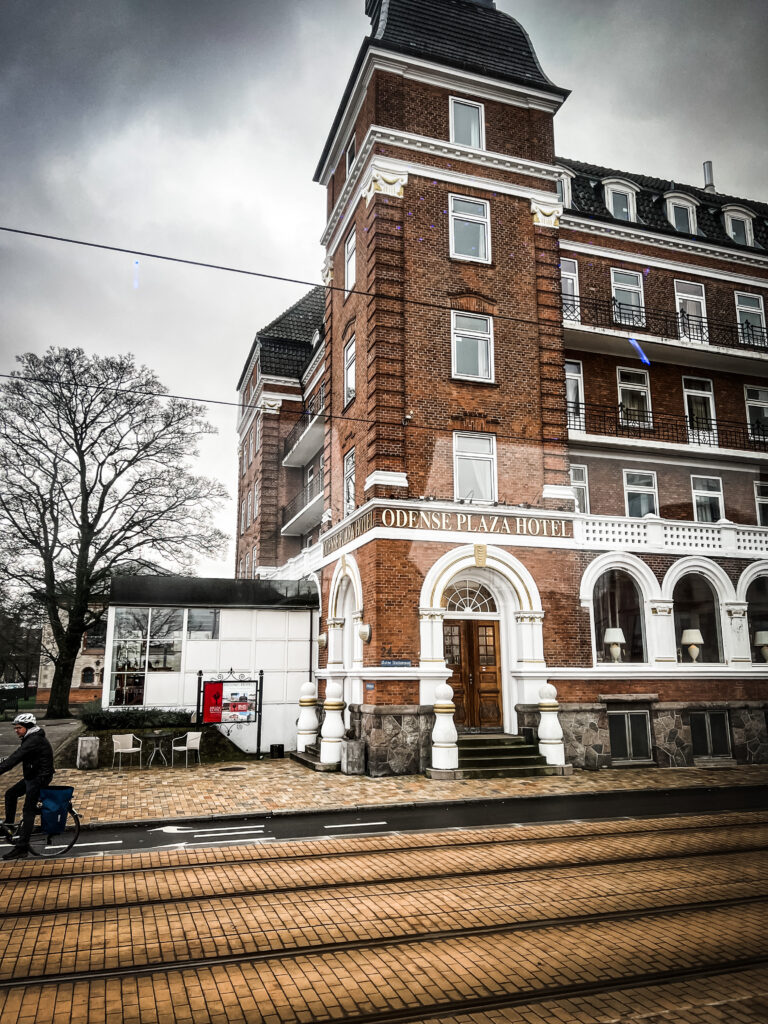
A lesson on how to speak Danish:
Place a potato in your mouth and pronounce the Danish word. Practice like this for a few days, then take the potato out and you’ll fit right in! Such a word like Copenhagen, which is just an English word that was made up to appease English speakers, in Dane, would be said, “Kobehawn”. The center of the words seem to be swallowed.
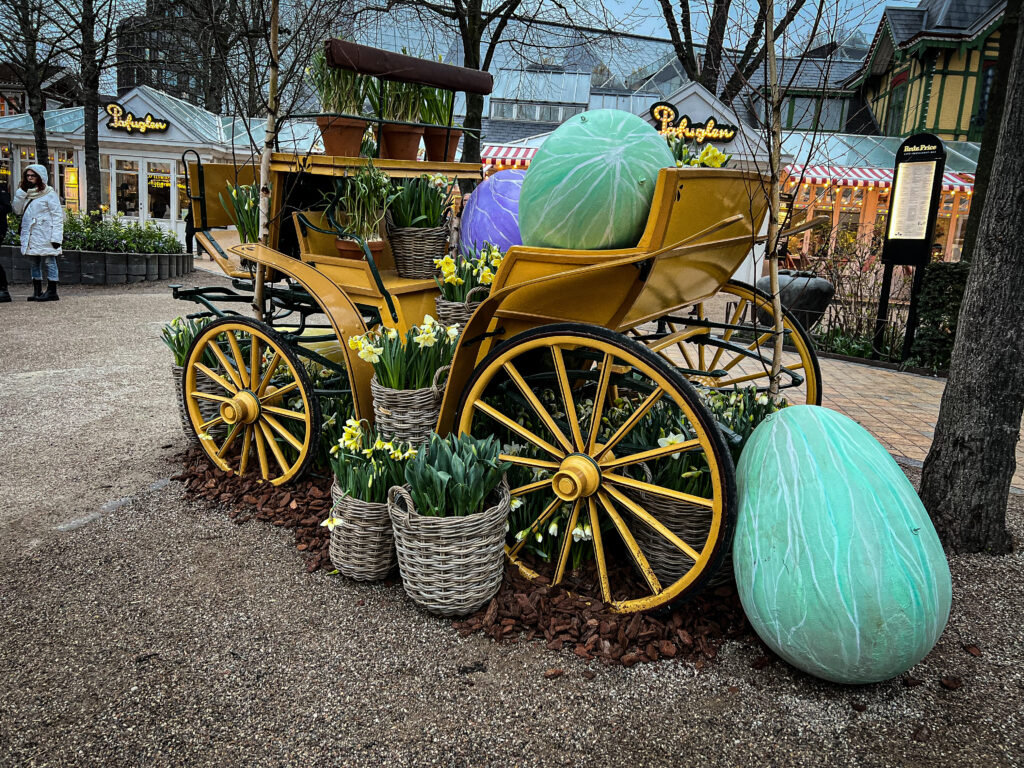

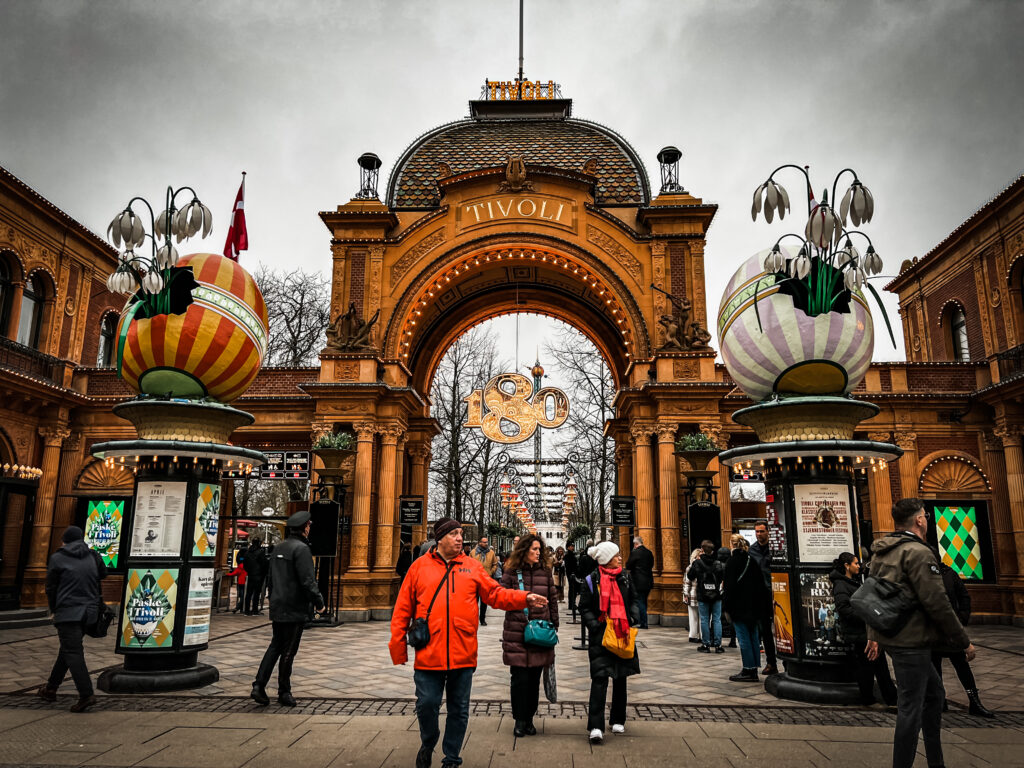
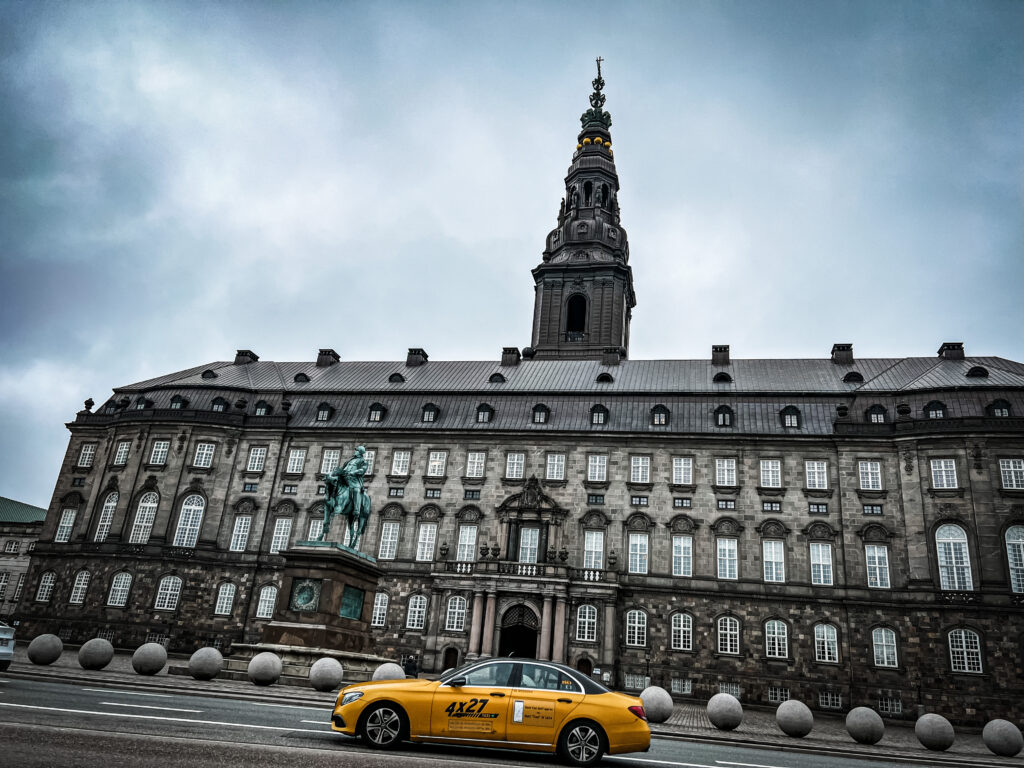

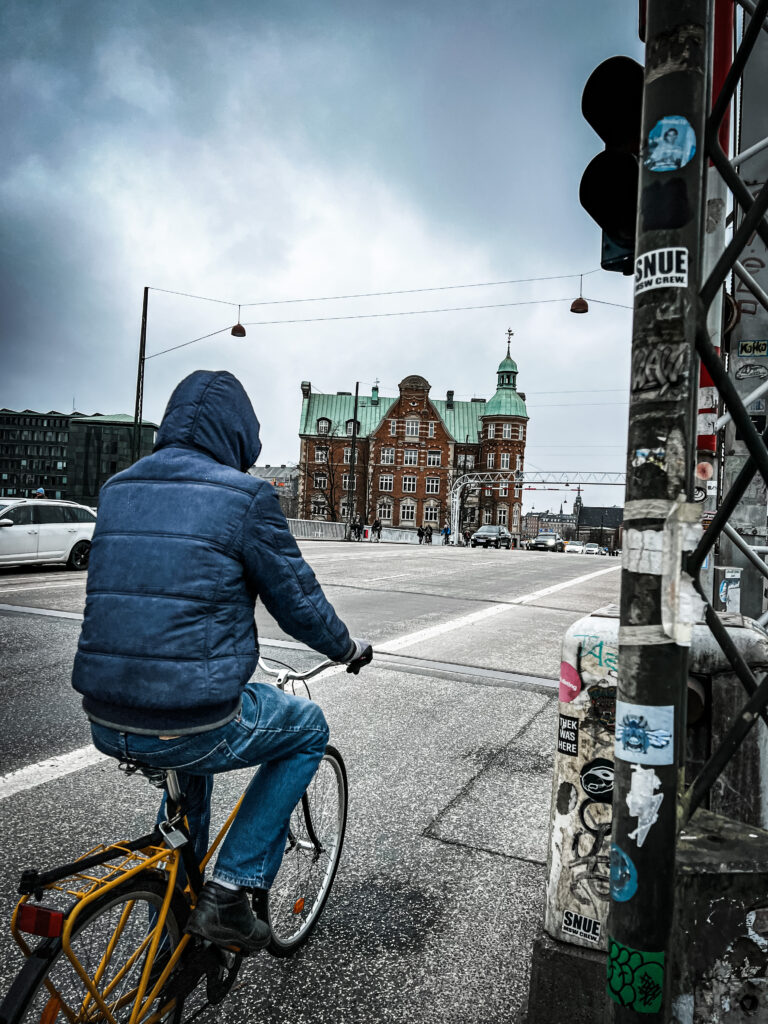
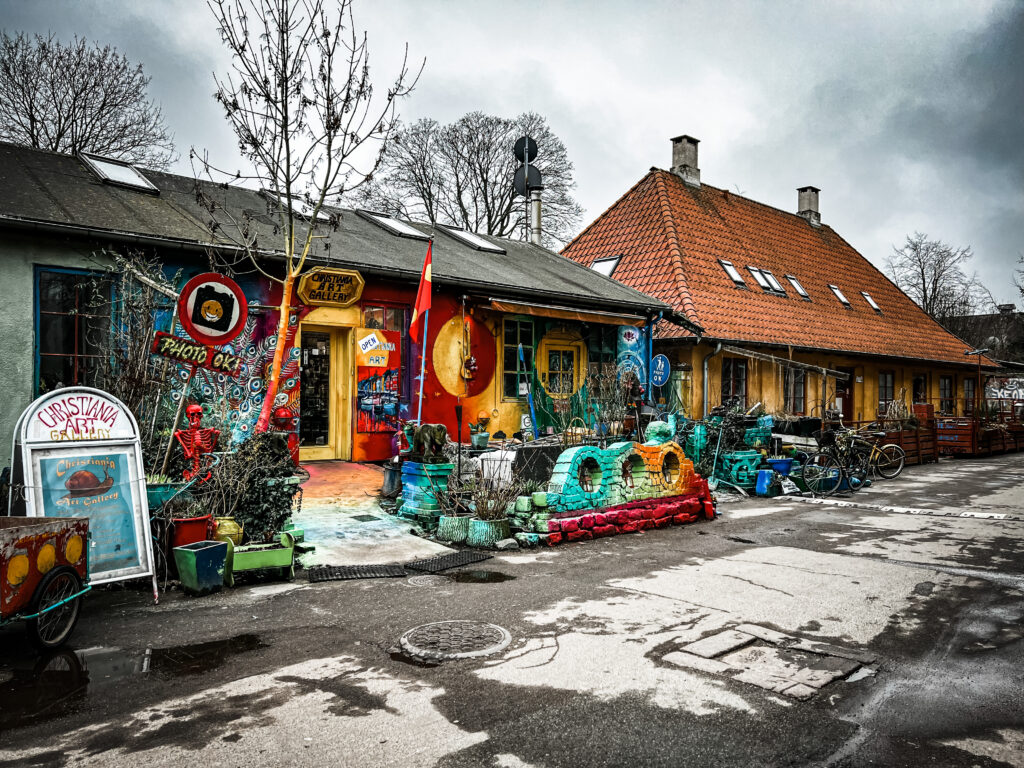
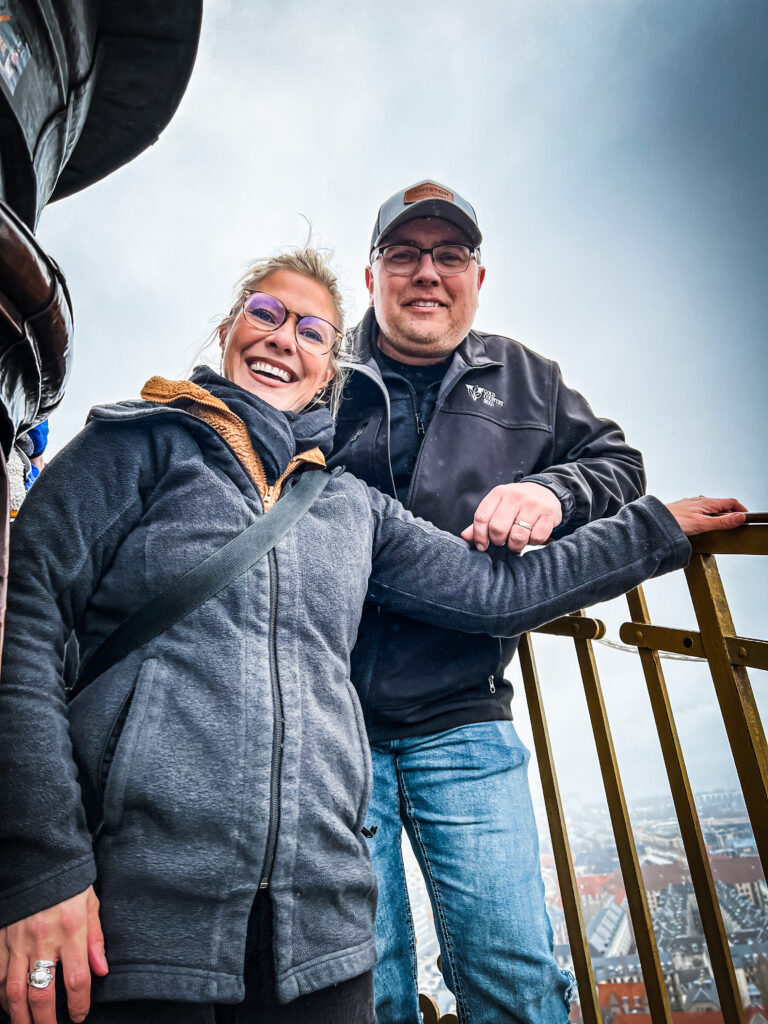
We climbed 400 steps to the top of the Our Saviors church. It was a hike, and my knees are still shaking but the view of the city of Copenhagen was totally worth it!

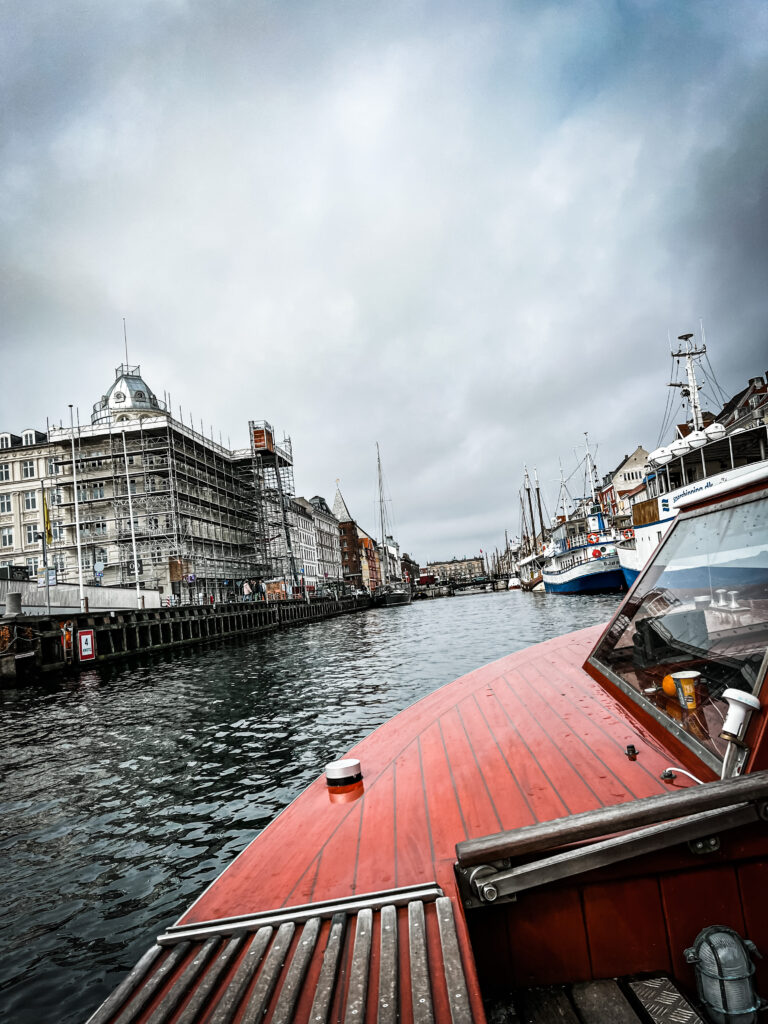

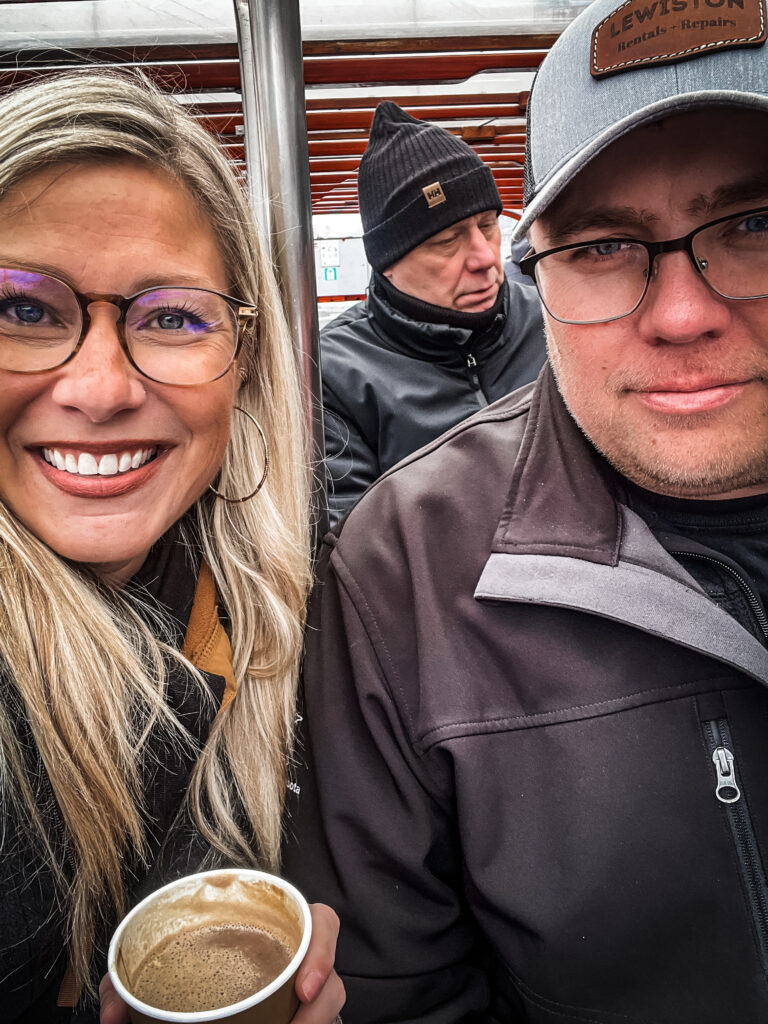

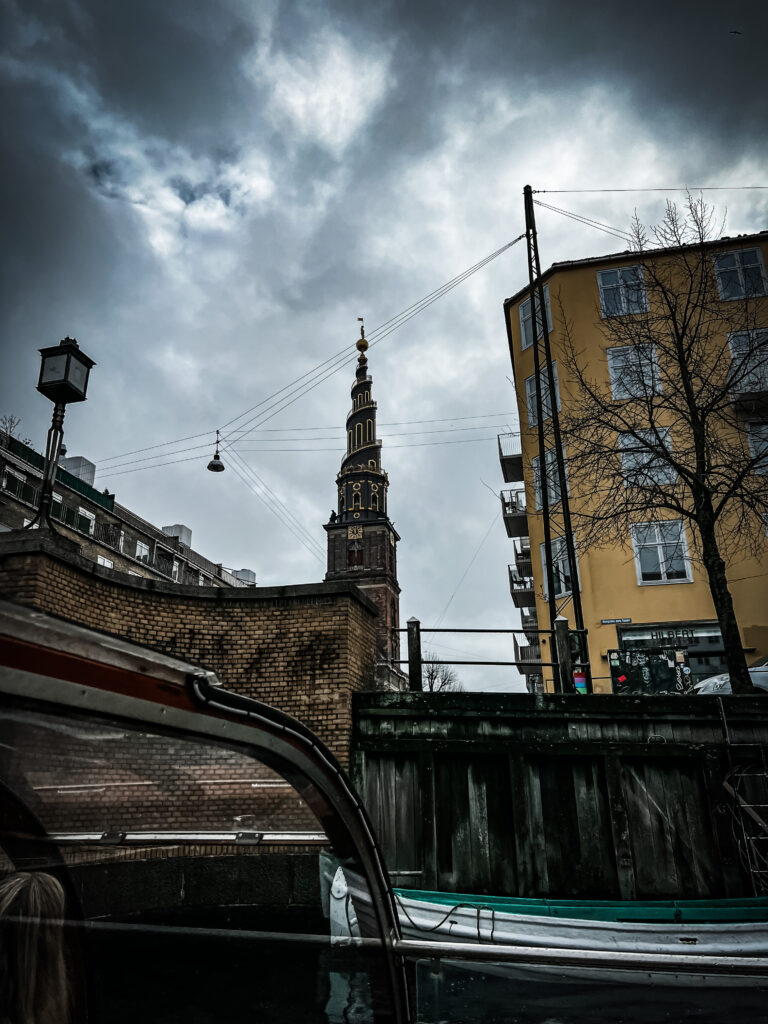

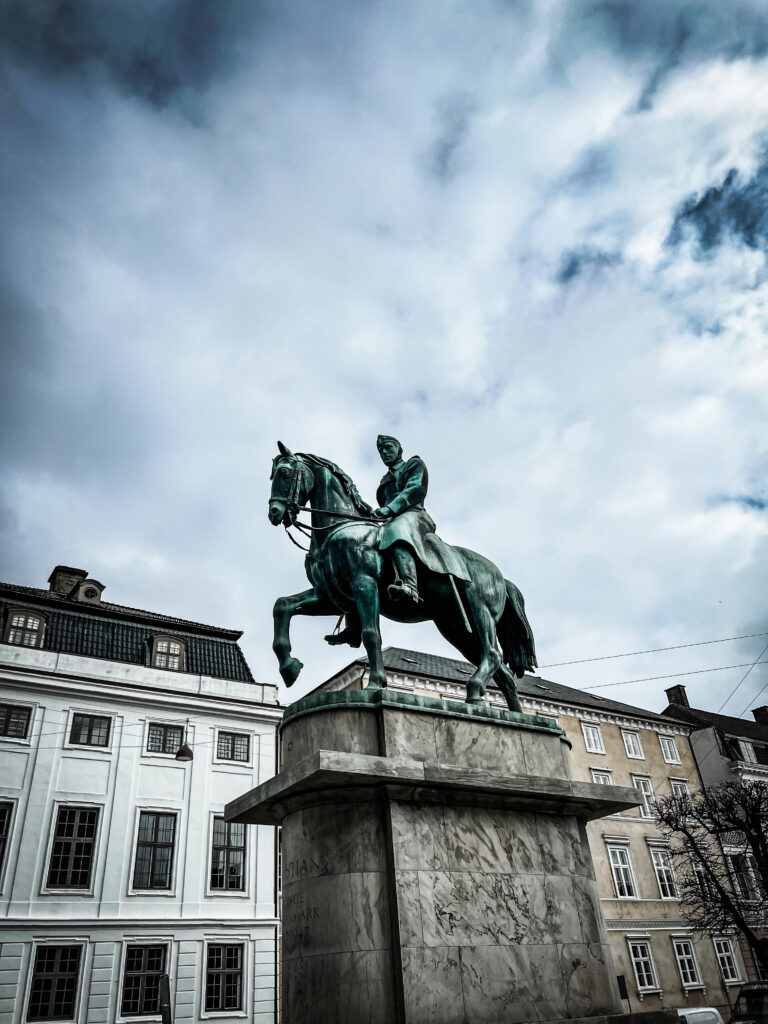

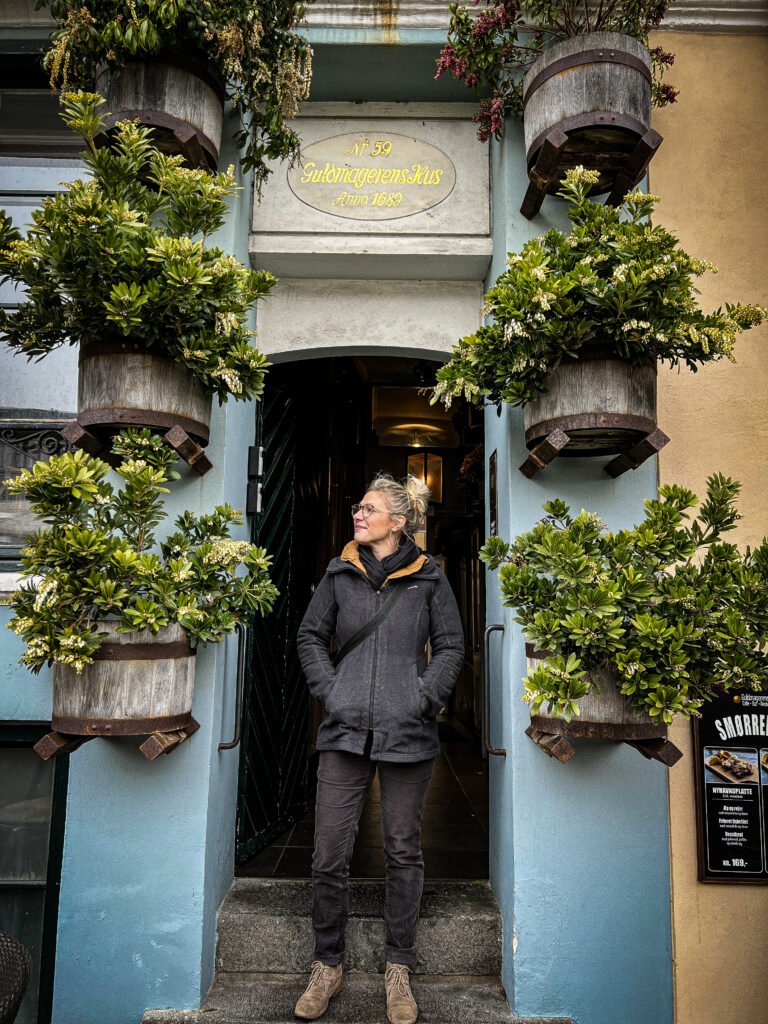
Our Danish Agriculture Tour the Video!
Danish Culture
There are so many things that I admire about what we saw of Denmark and her people. The way that taking care of our planet came so easy to them. When coming home, I feel more cognizant of our waste and just how much we buy and use. I’ve been influenced in a positive way. Our mentality differs here, as if to say, the next generation will have to deal with it.
Recycling and separating waste, is not difficult. Albeit, Denmark pays an incredible amount of taxes in order to maintain roads, historical sites, bridges and waste facilities. There are many countries doing this well. I think we could do better, here. It might start with one person, one household at a time, but we can make a difference as a whole.
The people we met were all so very accommodating and kind. When speeding by on their bikes on their way to work in the morning- in the rain, a kind jingle of their bike bell, even seemed polite!
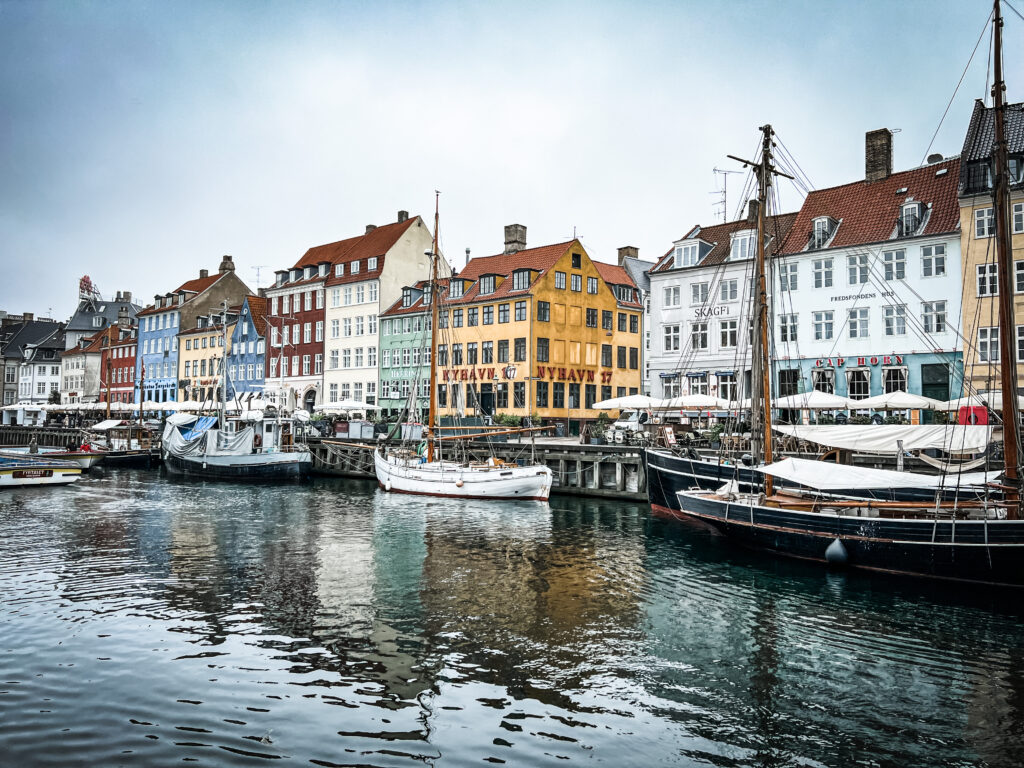
The housing materials and the way that they build homes and buildings to last 200 years instead of 25 years, was impressive. Much more stone and brick made up their homes. Some homes still had grass-made roofs, which had held up for probably 50 years or so.
Hygge is really a thing there. Like it’s really what they do and how they embrace winter. I feel like they think we are mocking them when we use the term here, in the states. But it really is a wonderful word, way to exists and embrace the season. I know, I know. I love the word, hygge so much I named one of our signature candles after it!
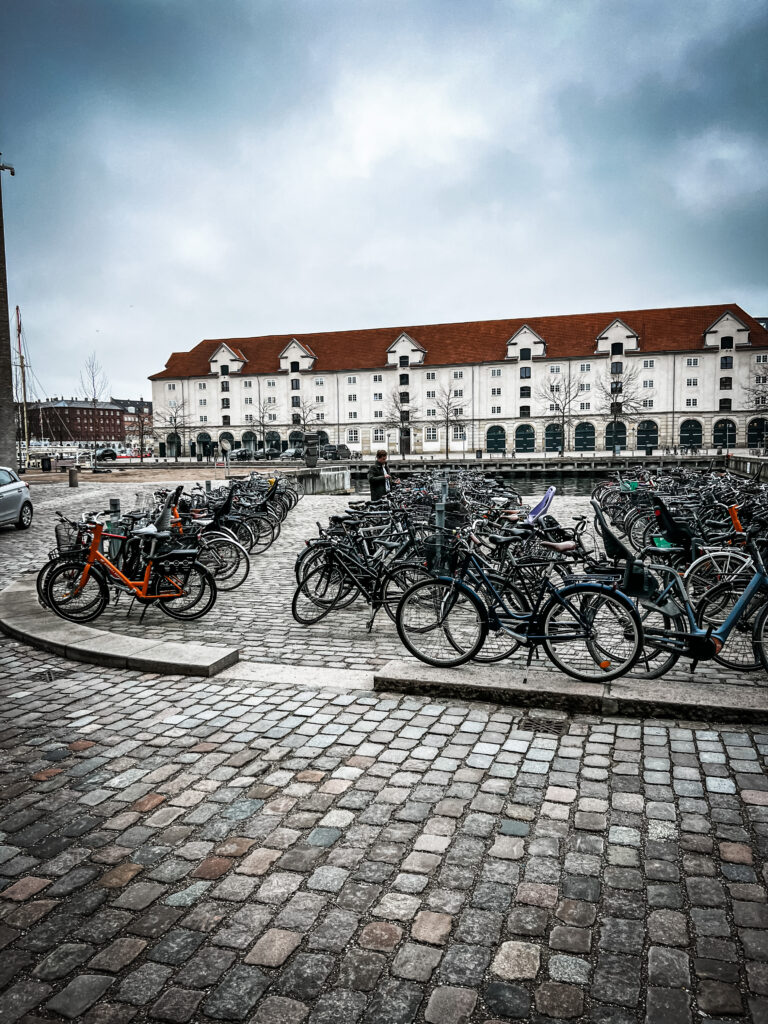
Overall, I would highly recommend visiting Denmark! The folks speak English well, the metro system was fairly easy to navigate and it’s worth getting to know this innate nordic/ scandi culture!
Pin this Post for Later
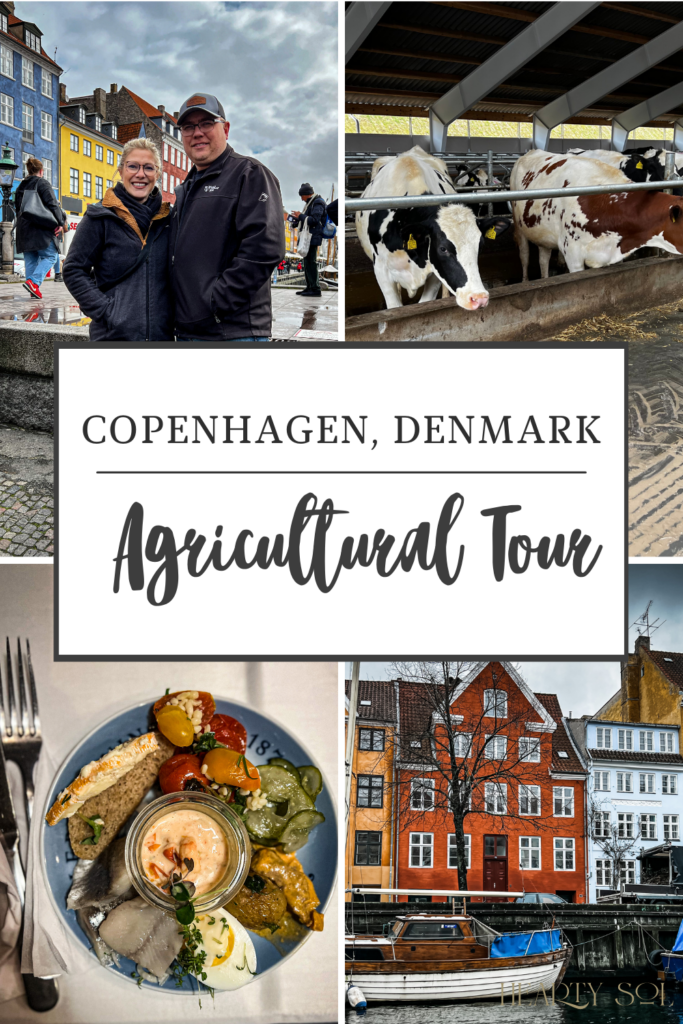
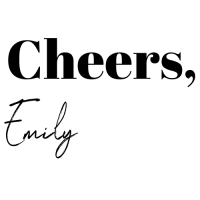
Affiliate Disclosure & Content Disclaimer
This post may contain affiliate links from a paid sponsor, Amazon or other program. When you use these links to make a purchase I earn a small commission at no extra cost to you. This allows me to continue creating the content that you love. The content in this article is created for information only and based on my research and/or opinion.
Emily T.
Leave a Reply
DAILY INSPIRATION ON THE GRAM @hearty.sol
it's hip to be square!
Emily, you did a wonderful job. I love seeing all the pictures and reading all about it again. Thank you so much for sharing.